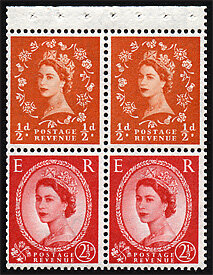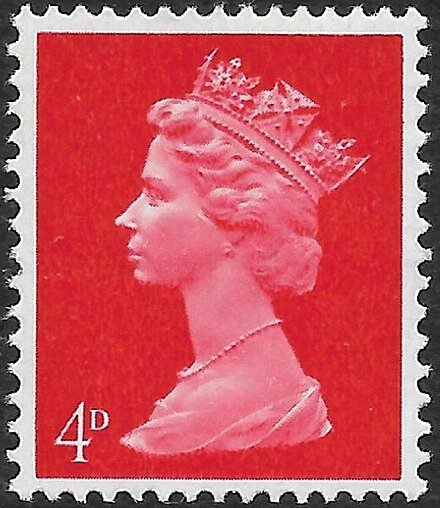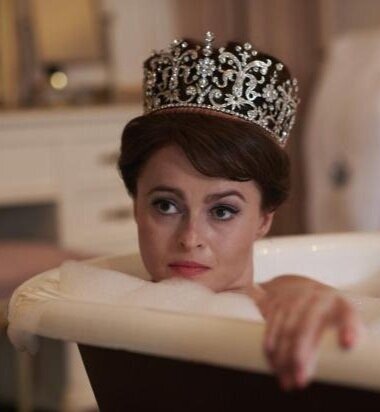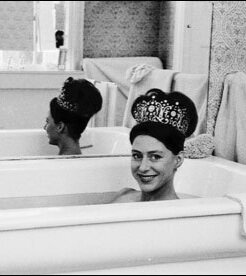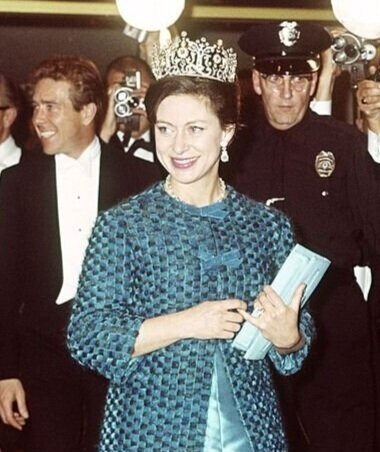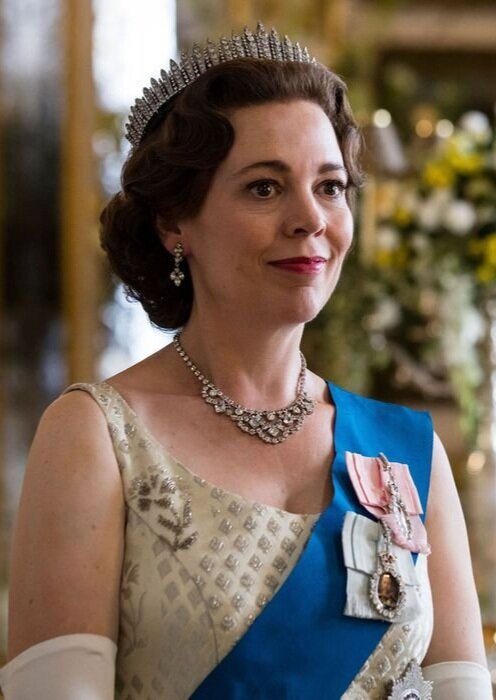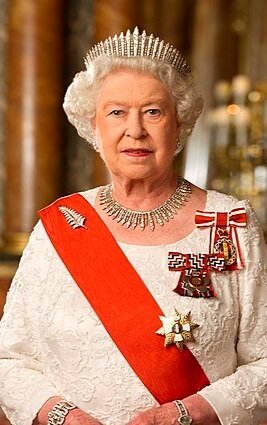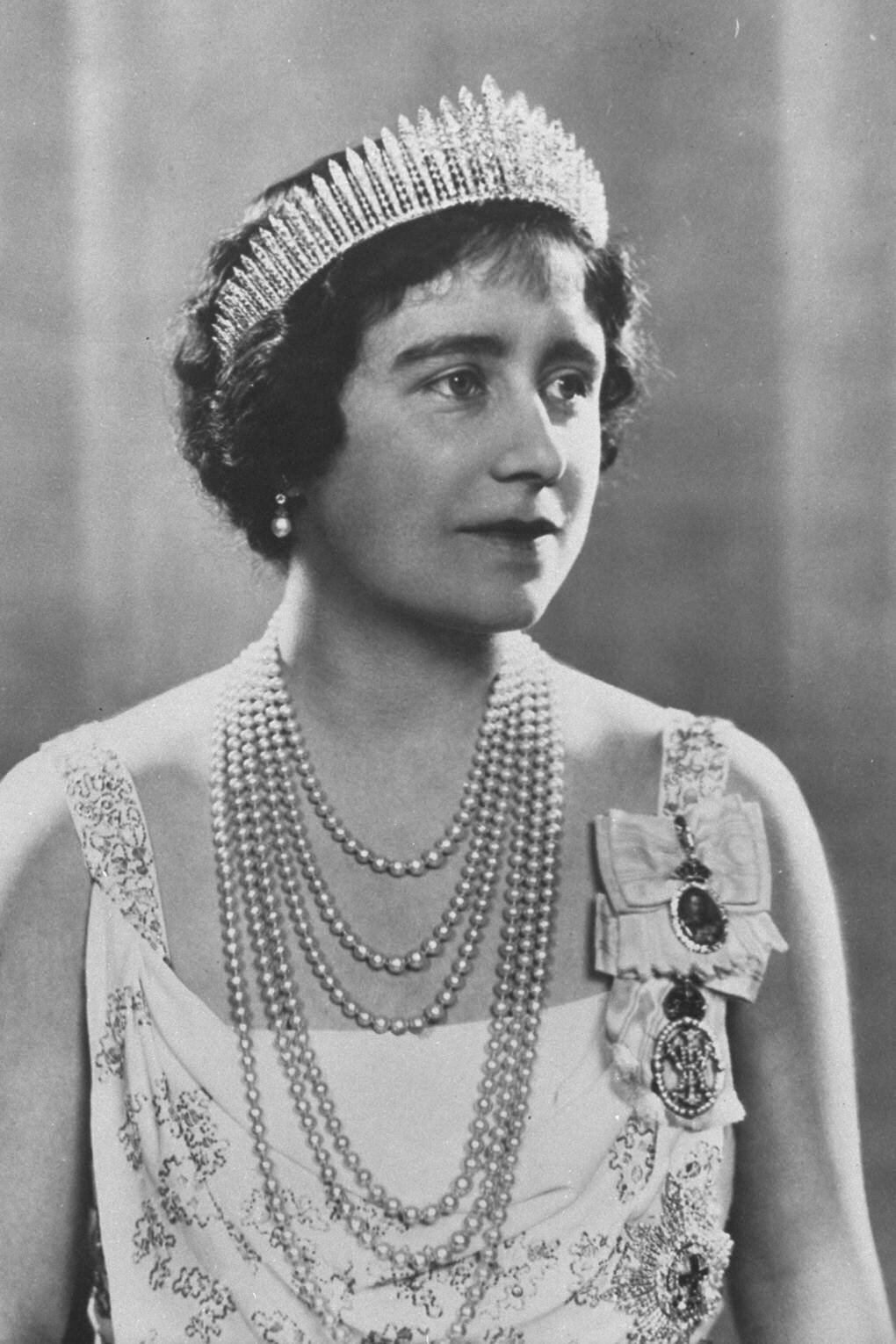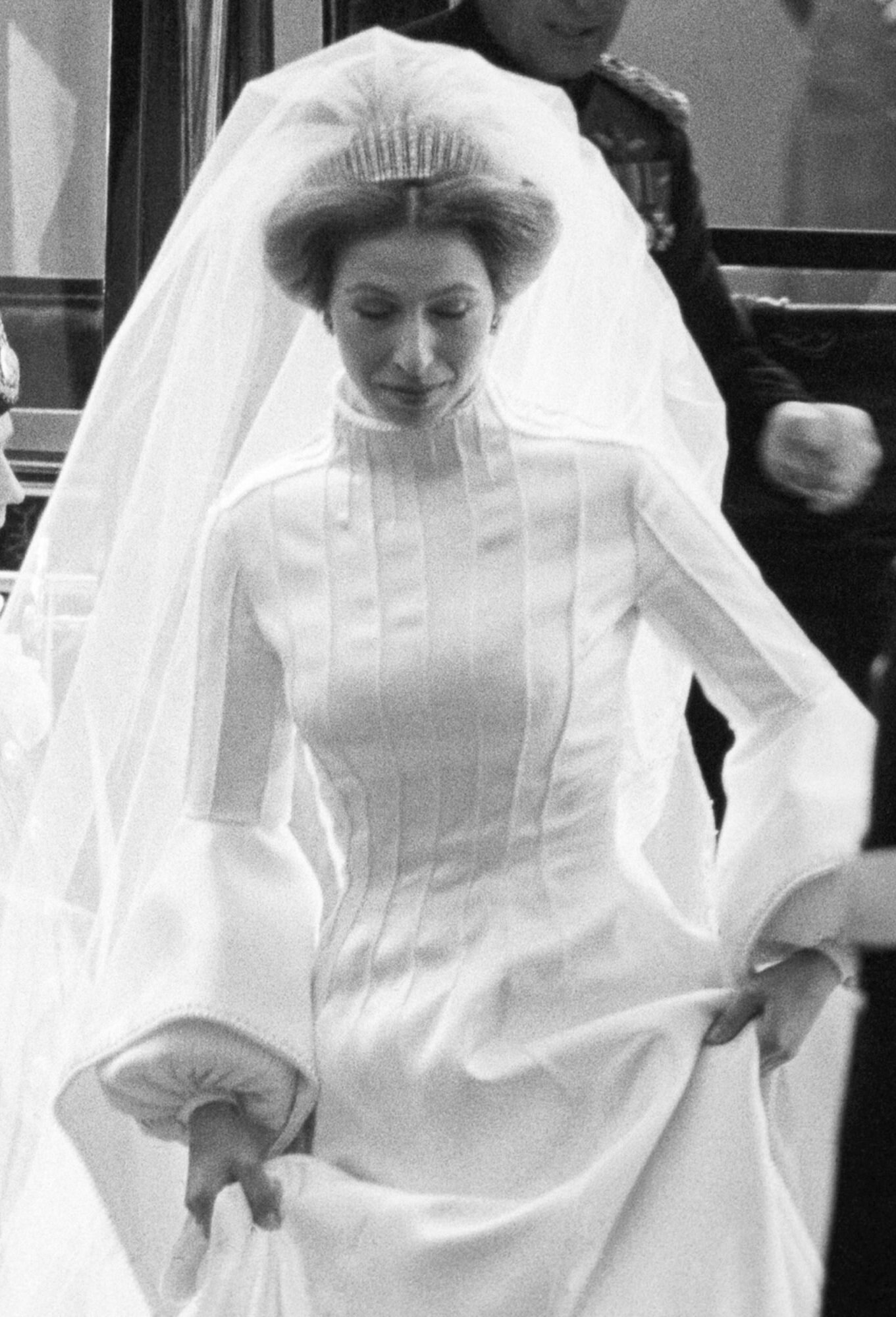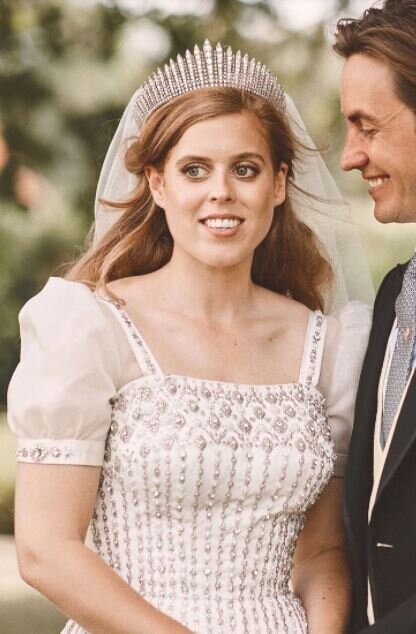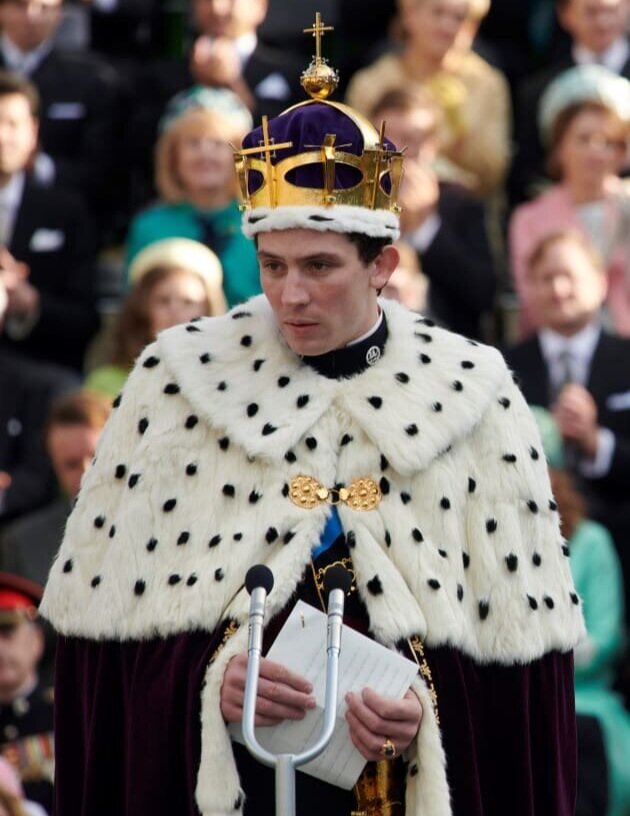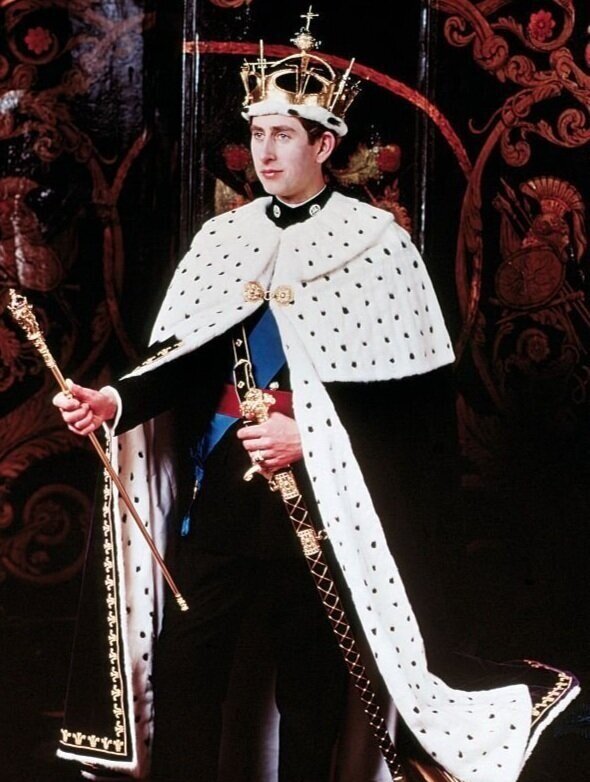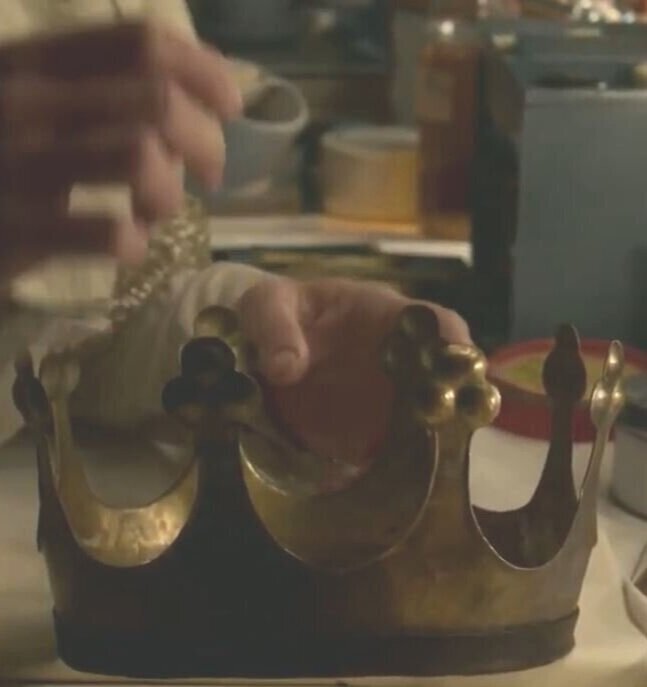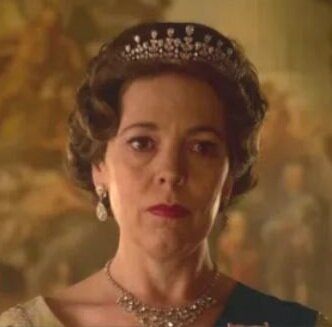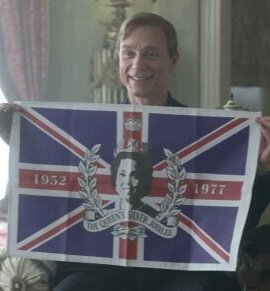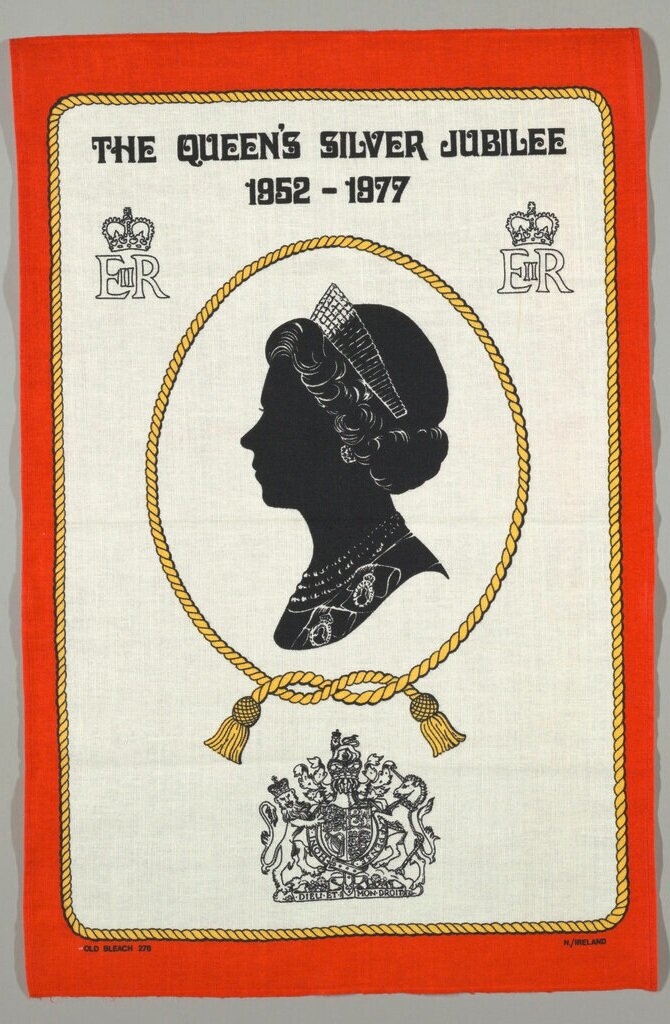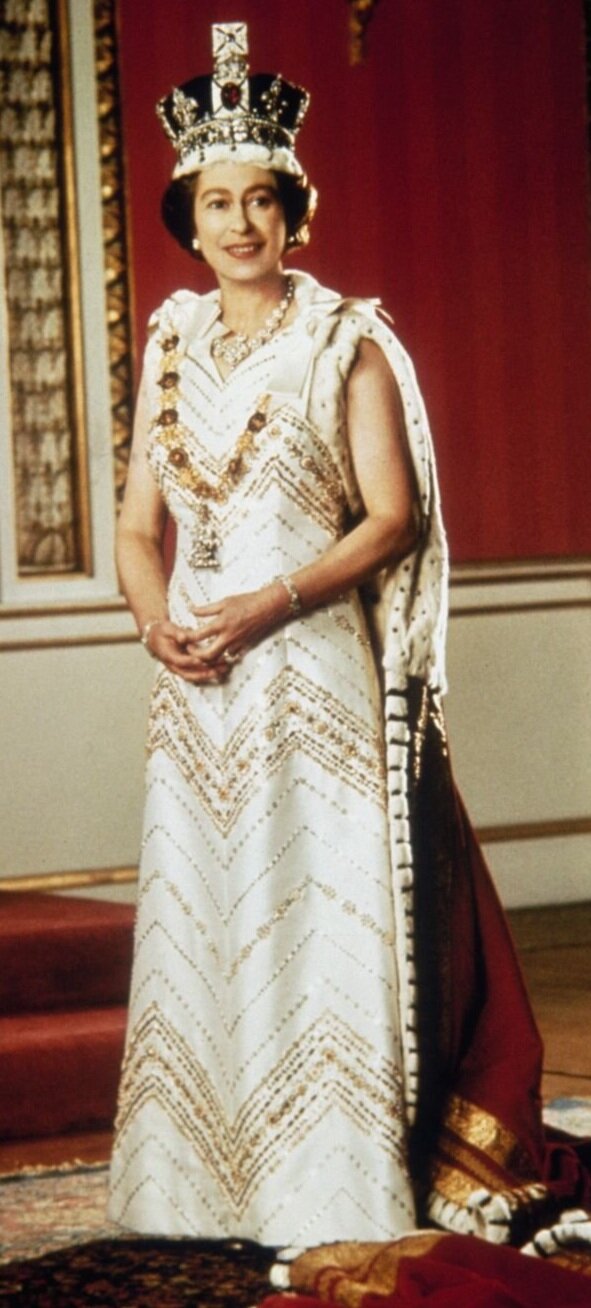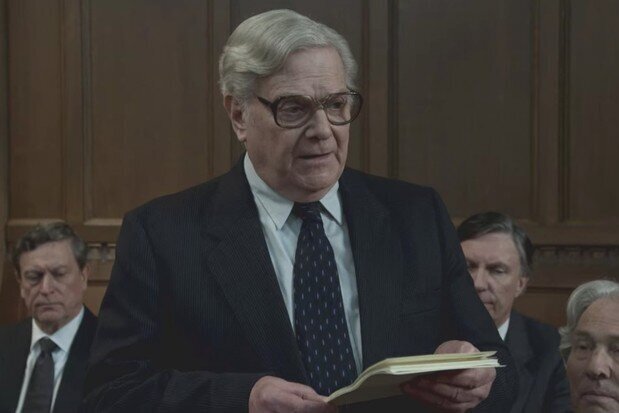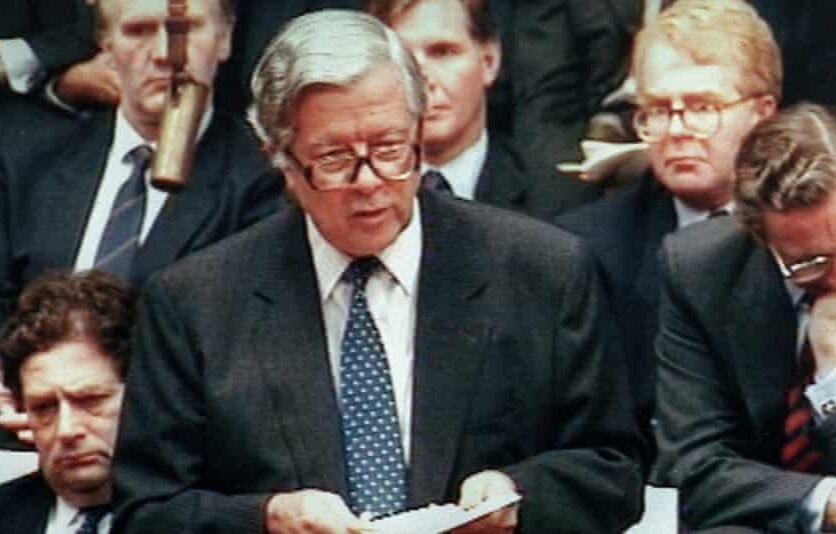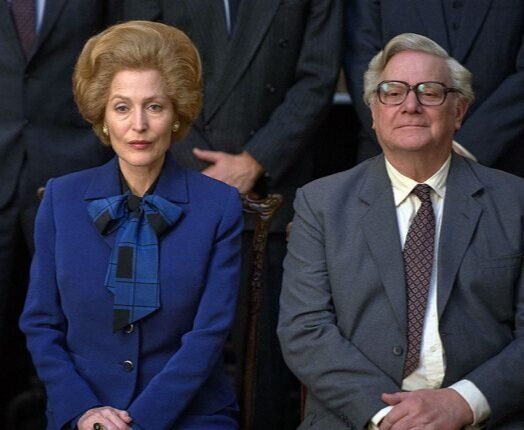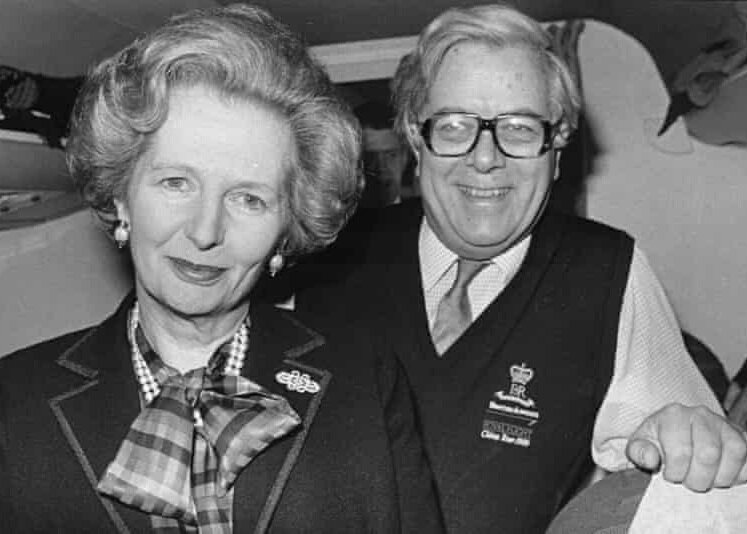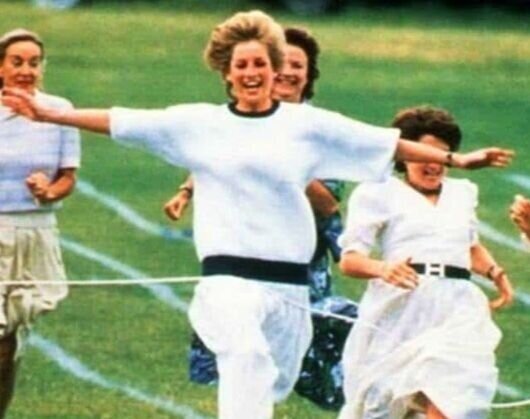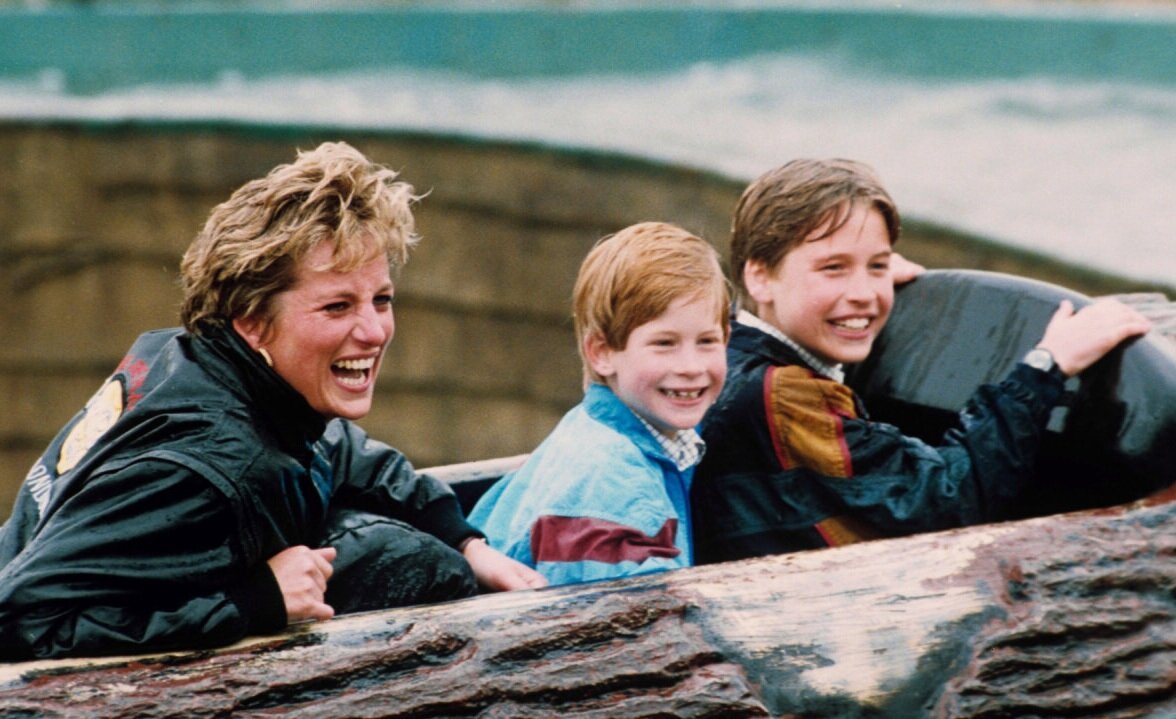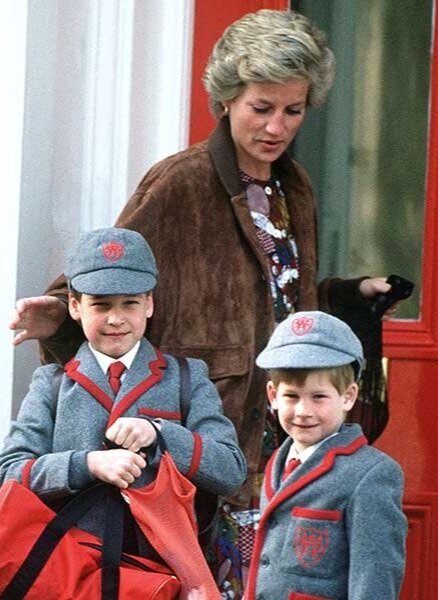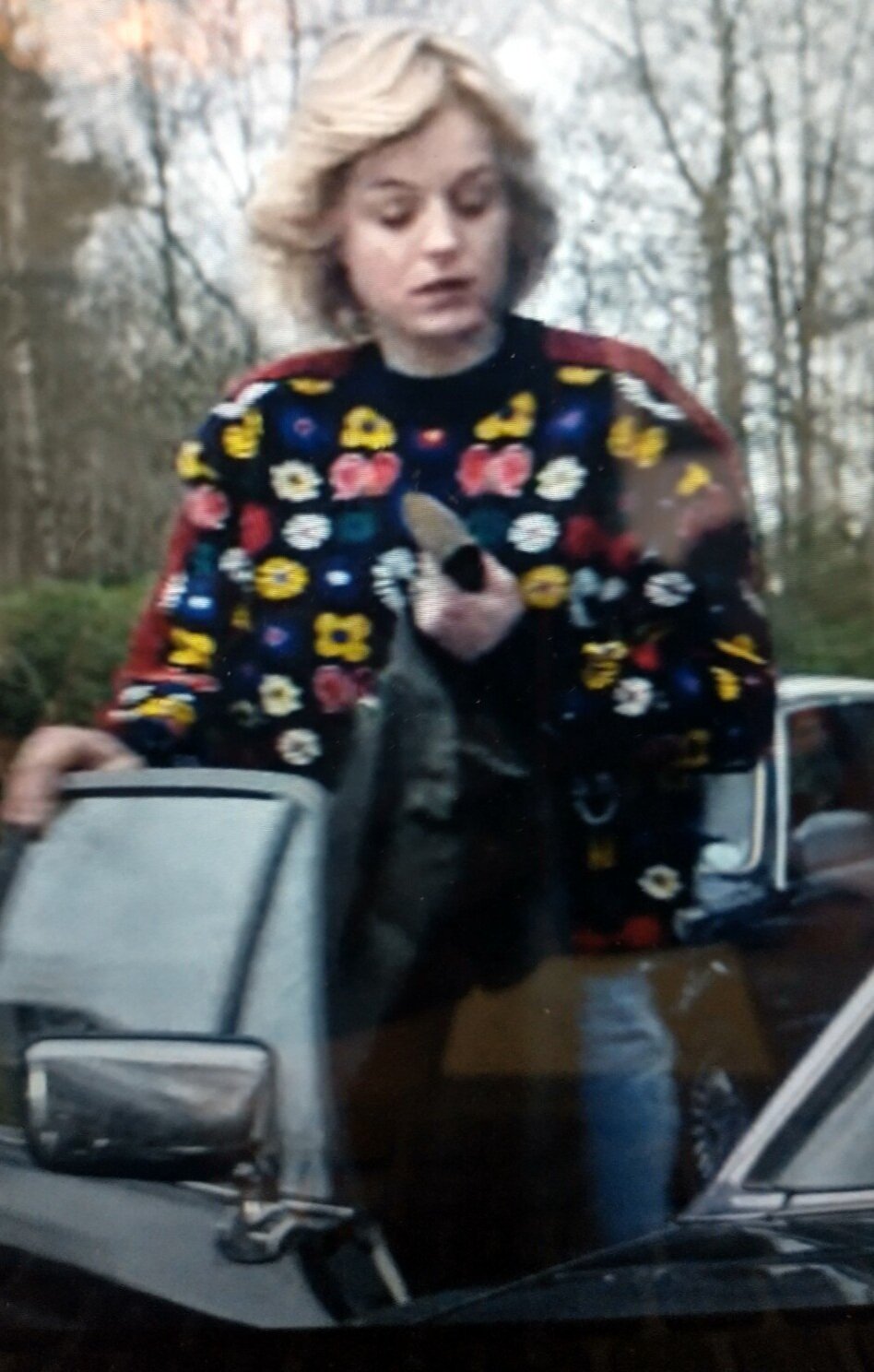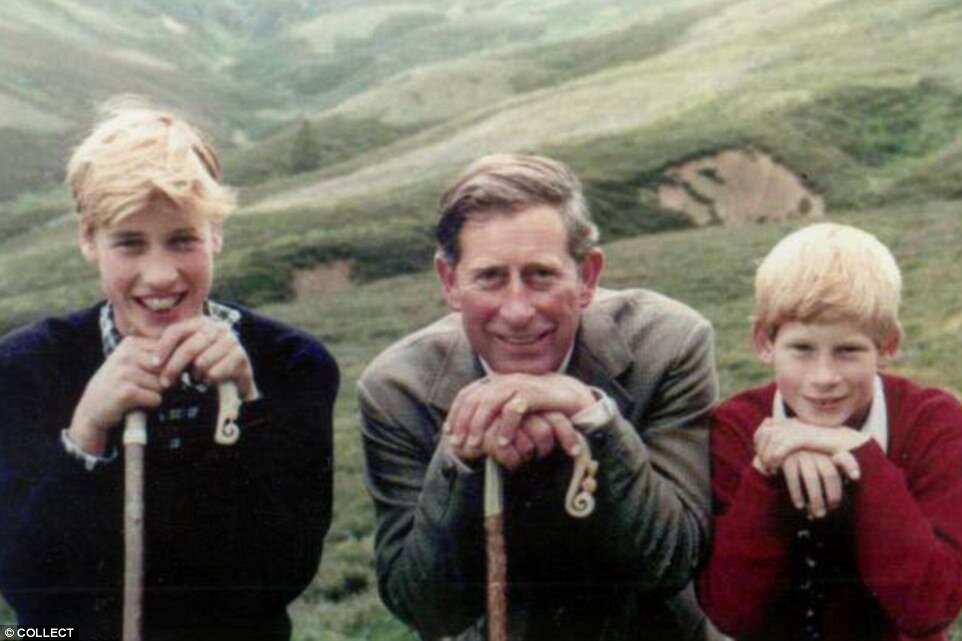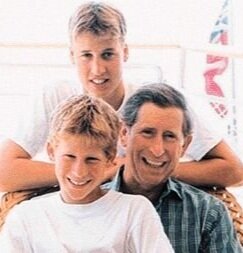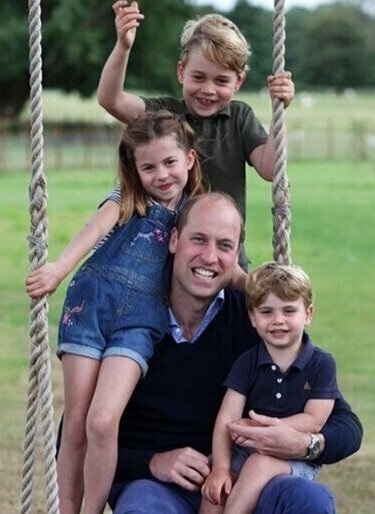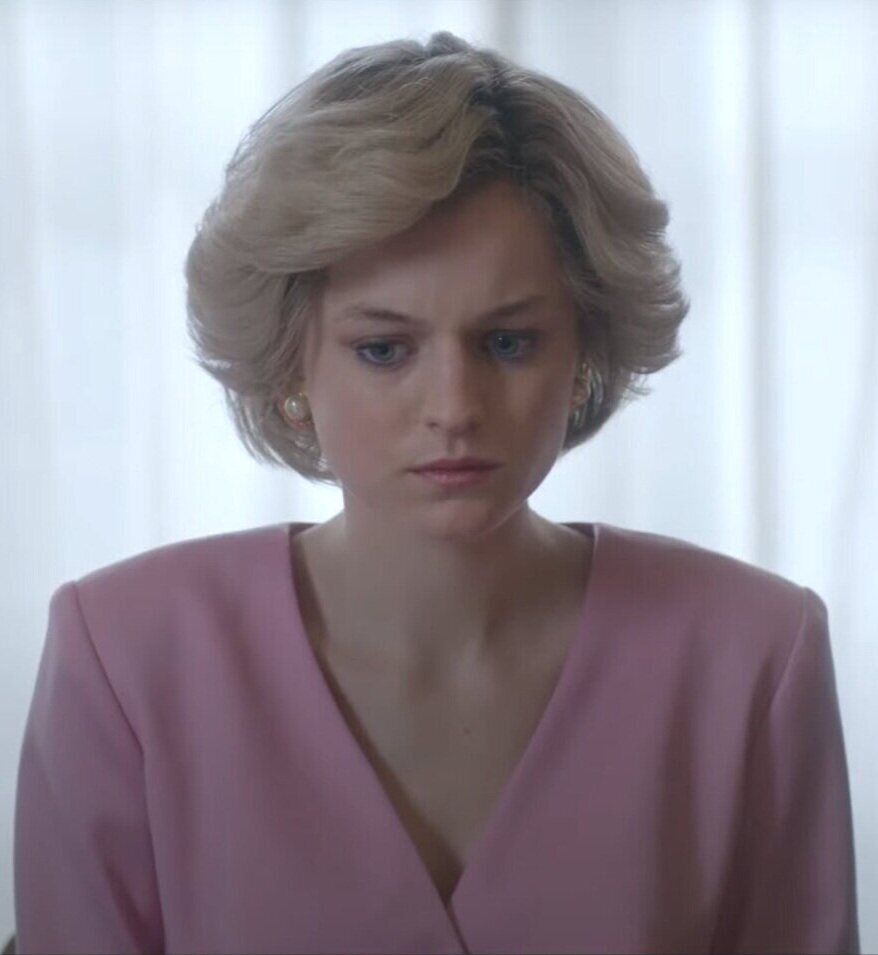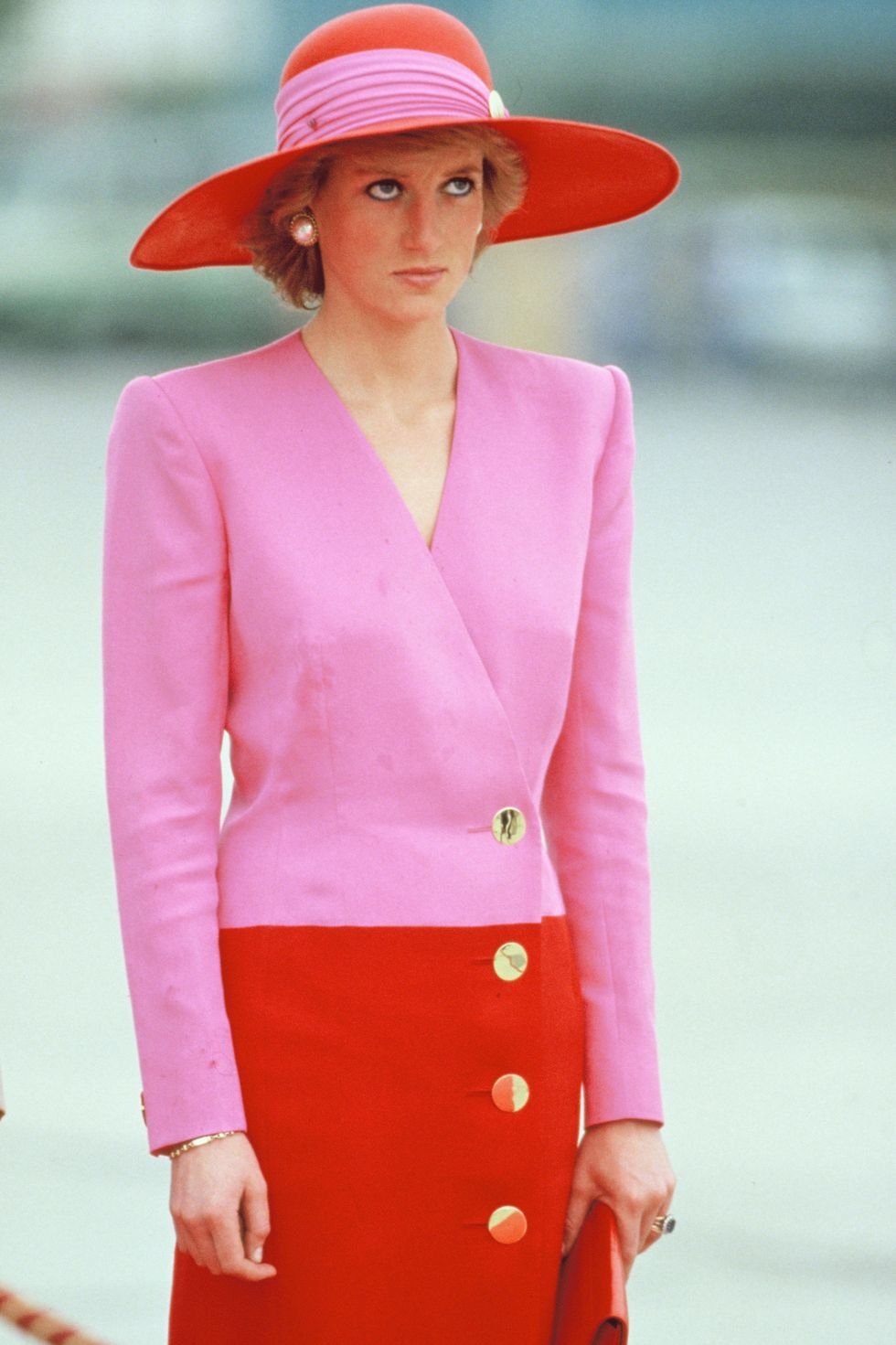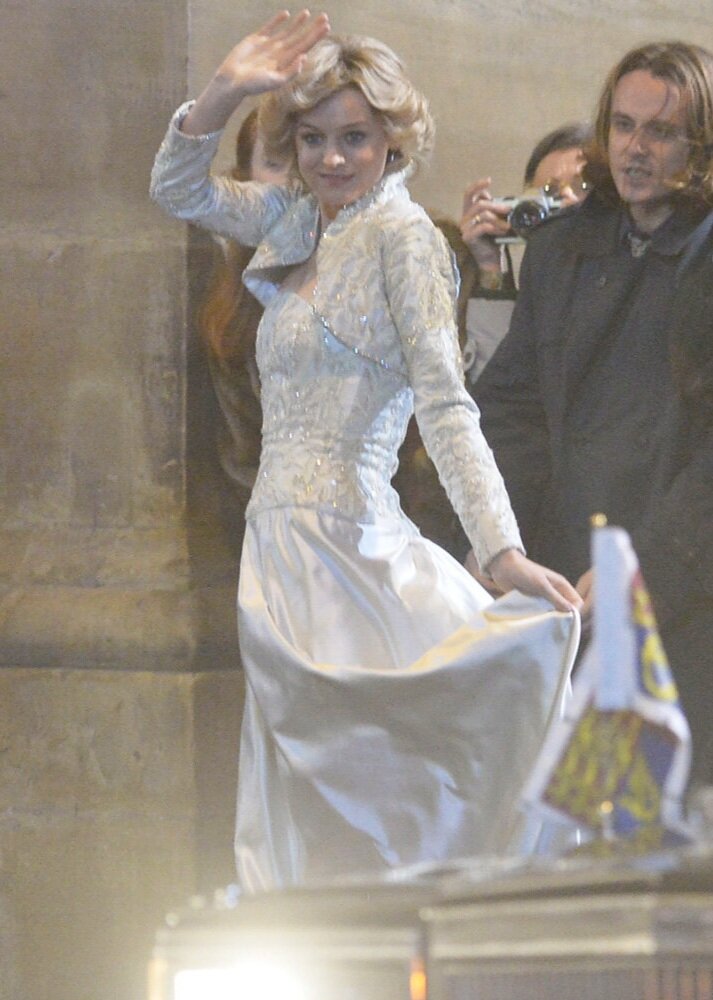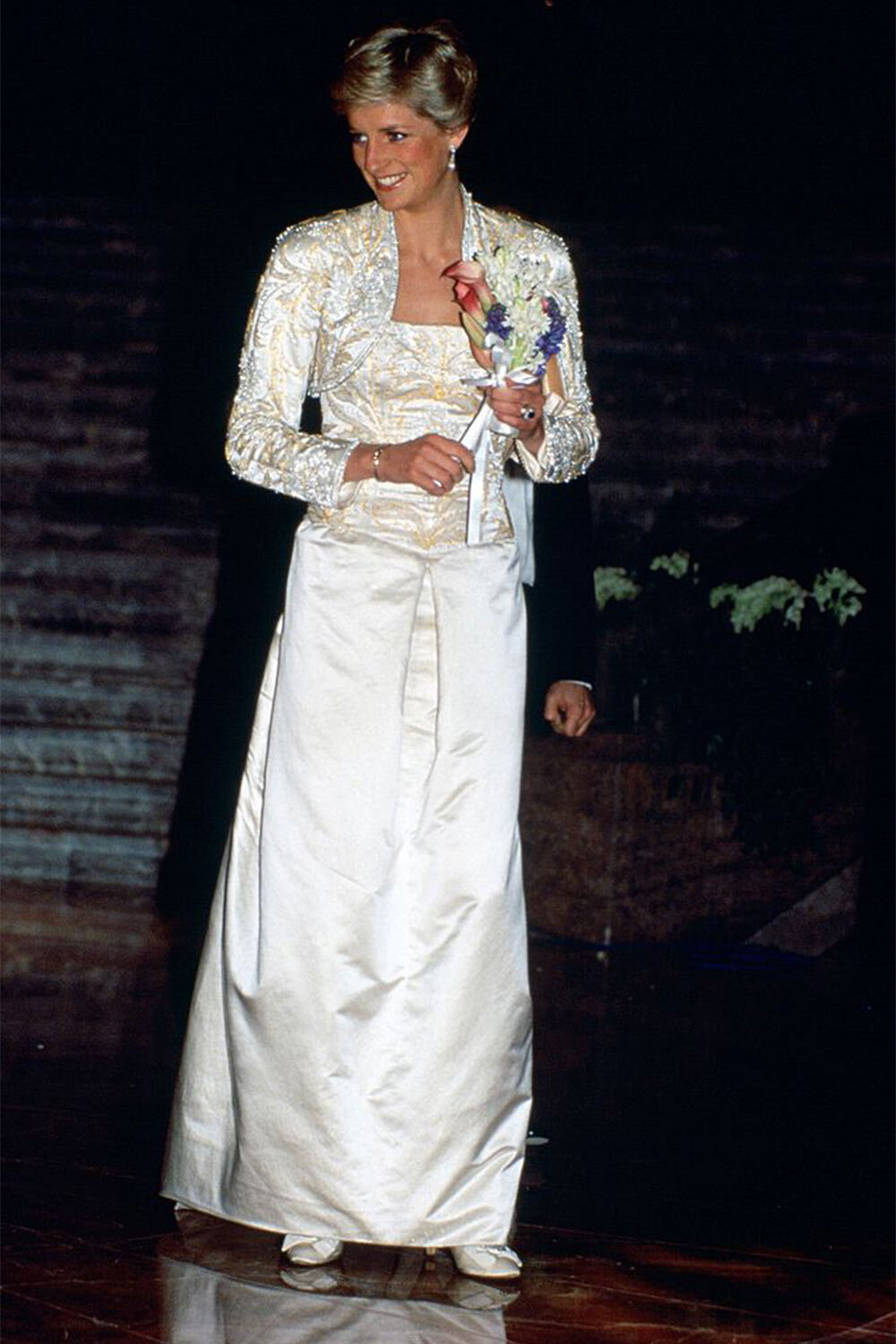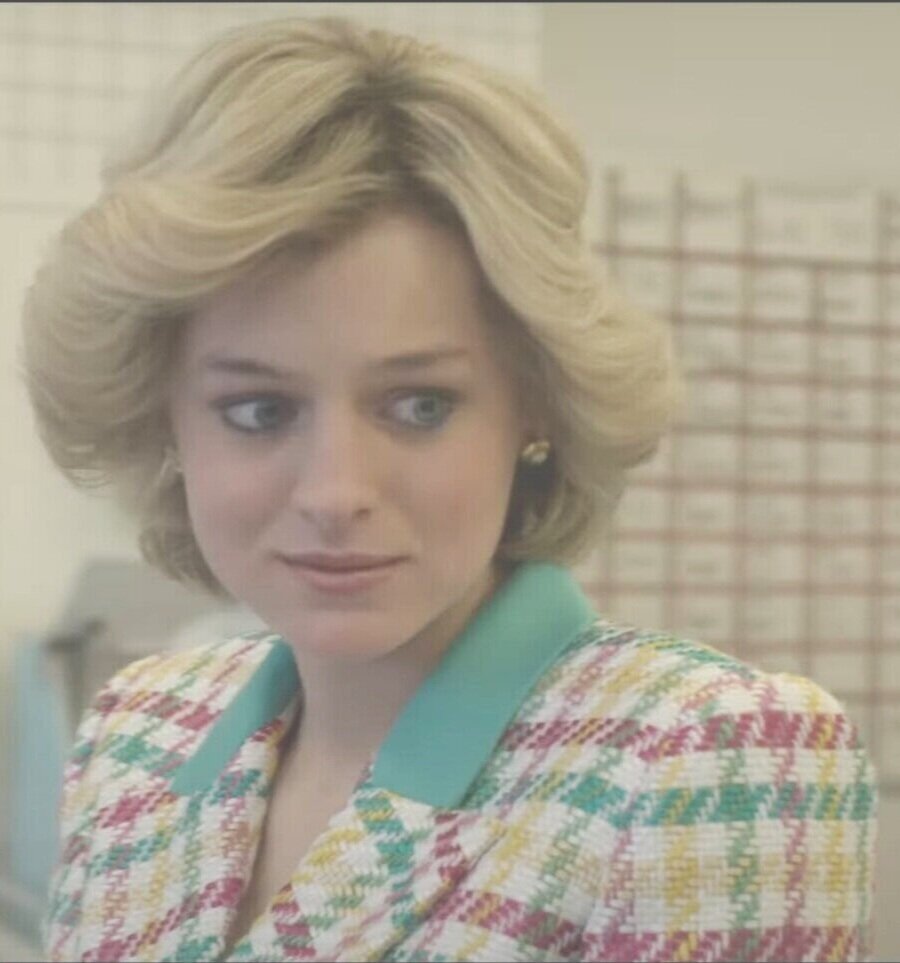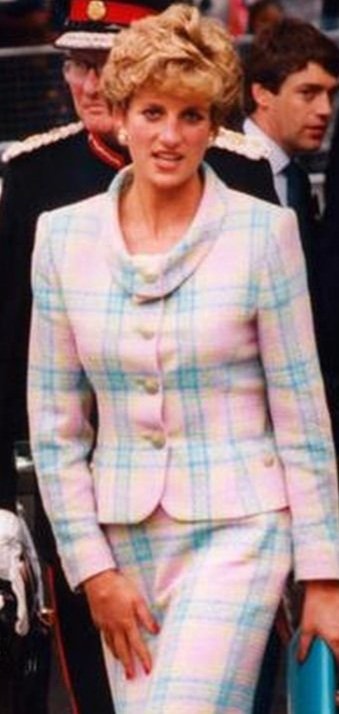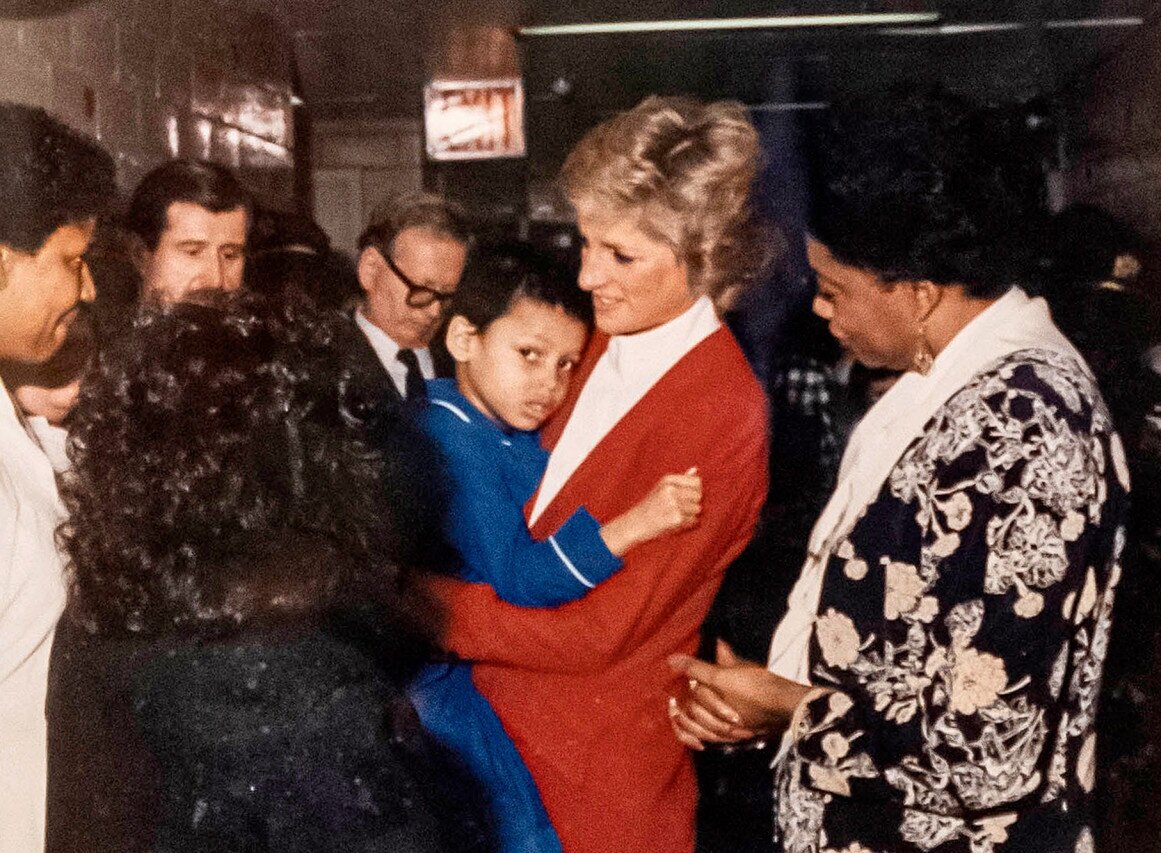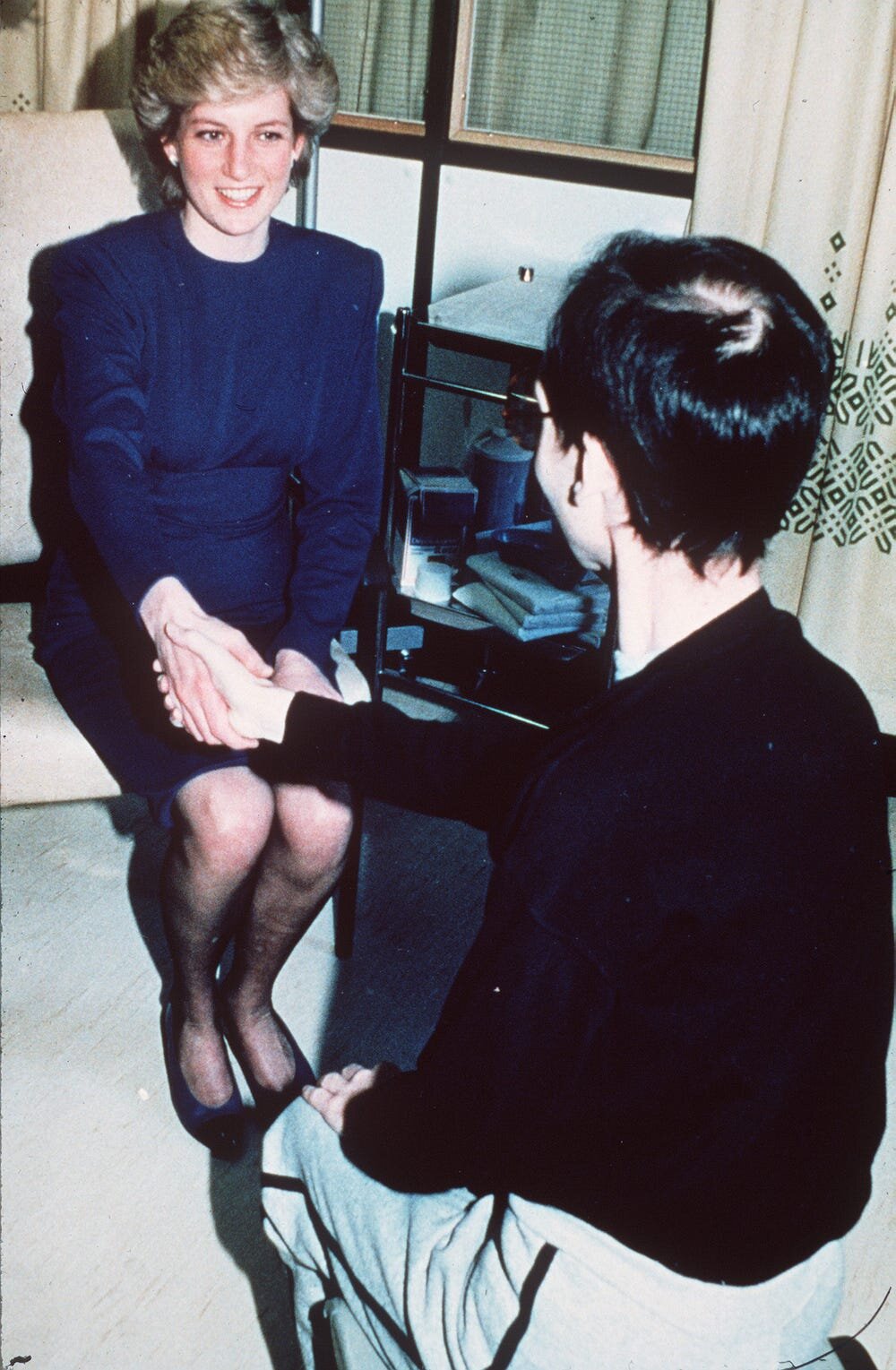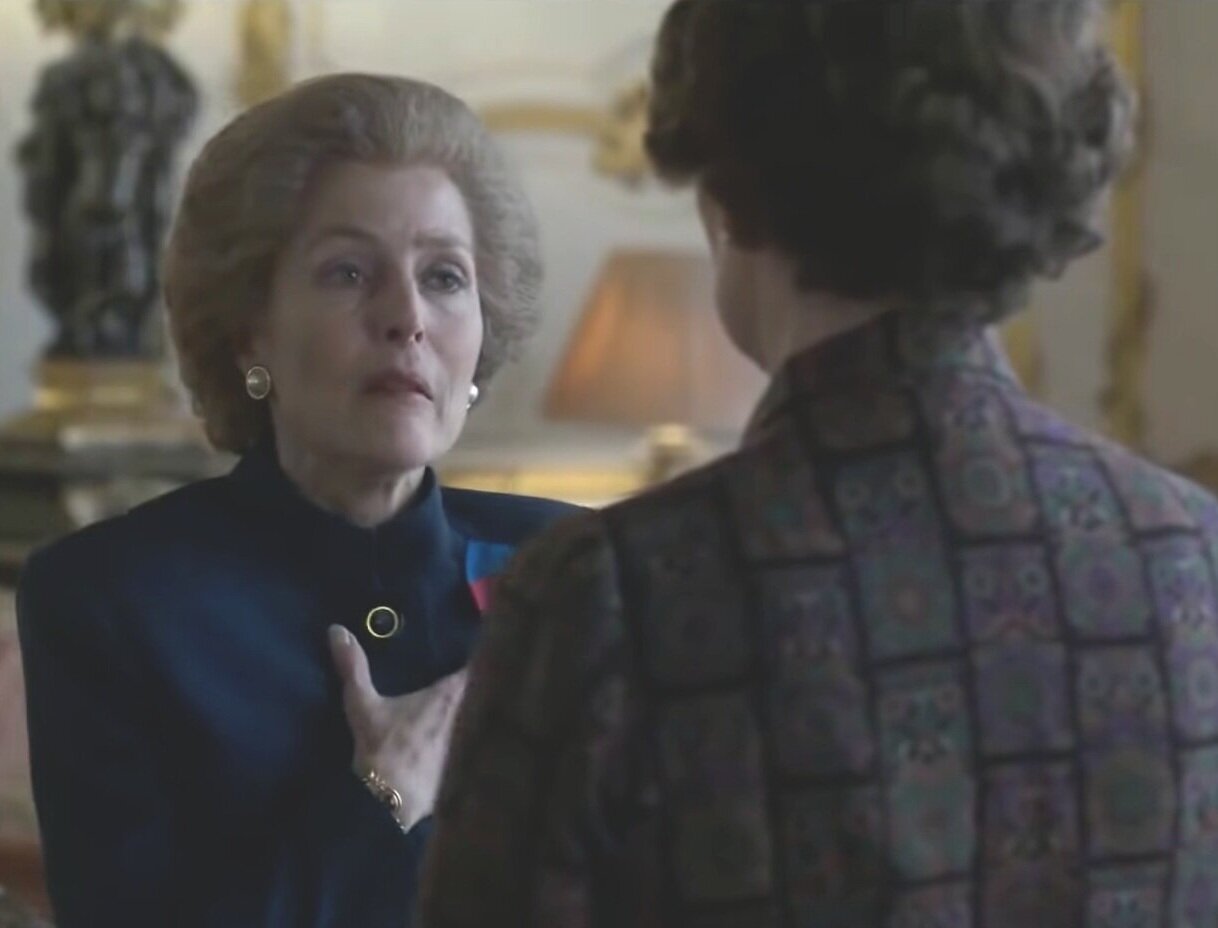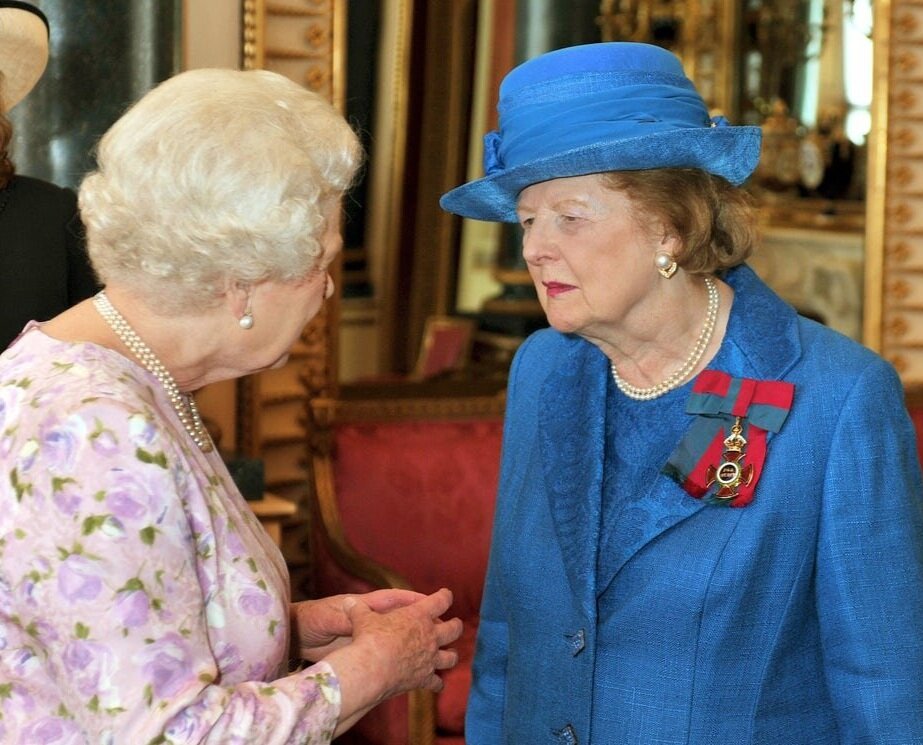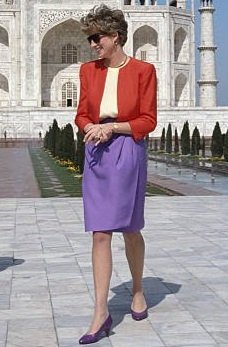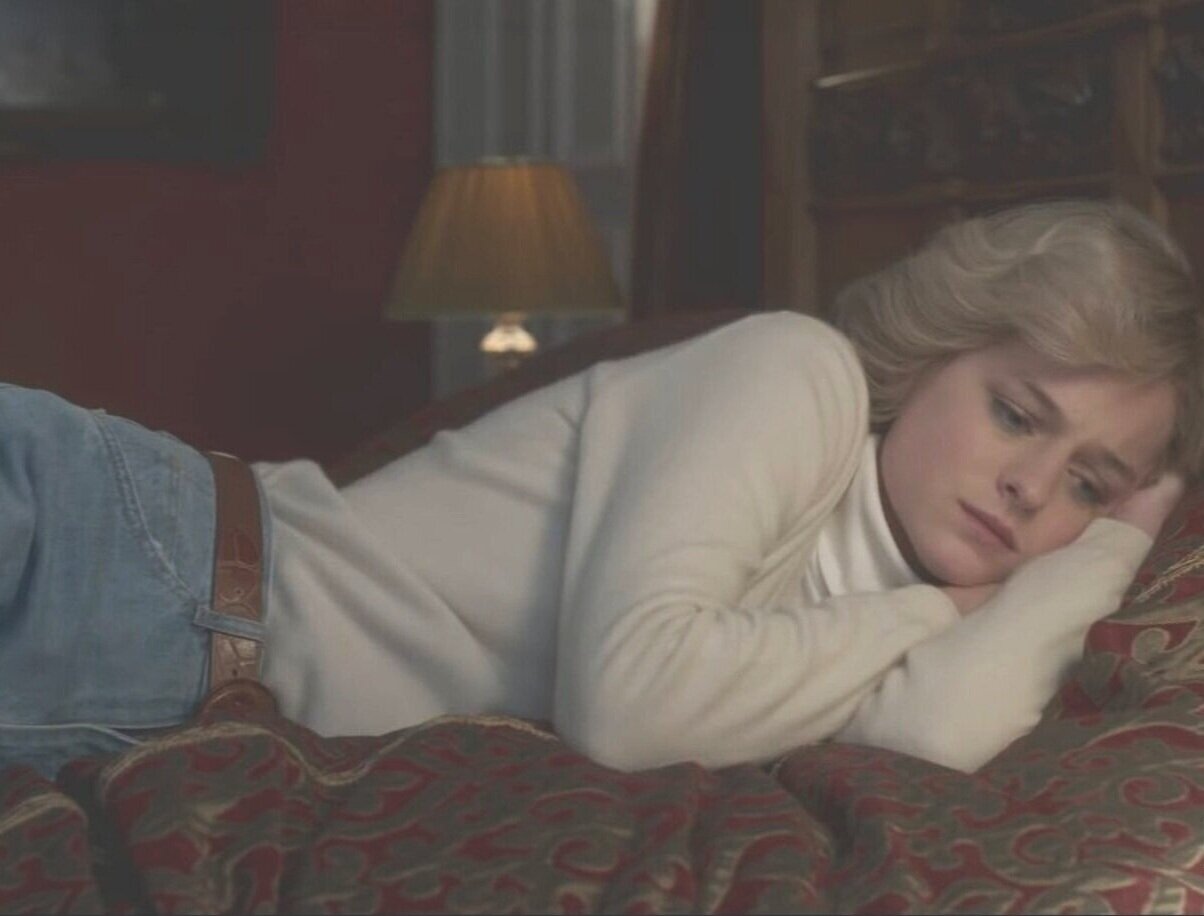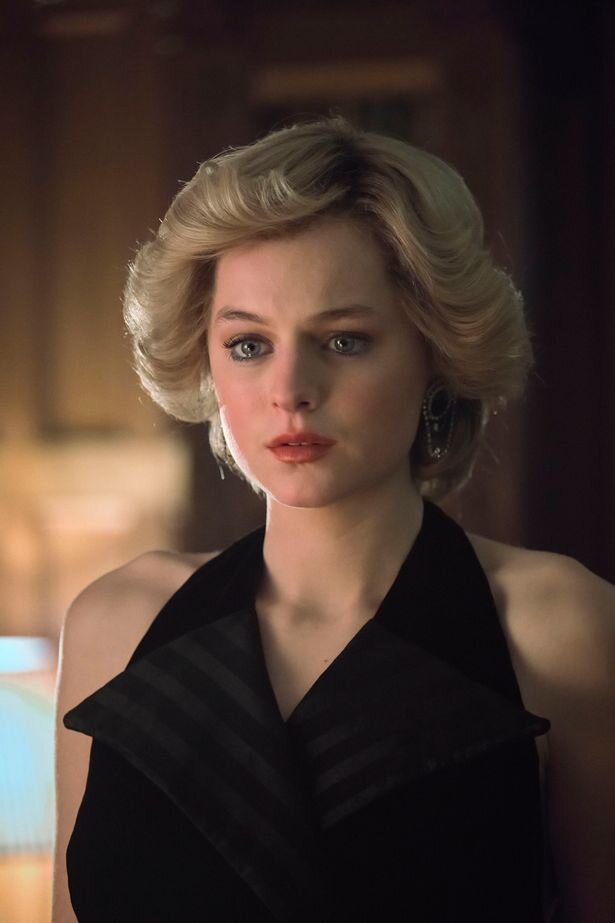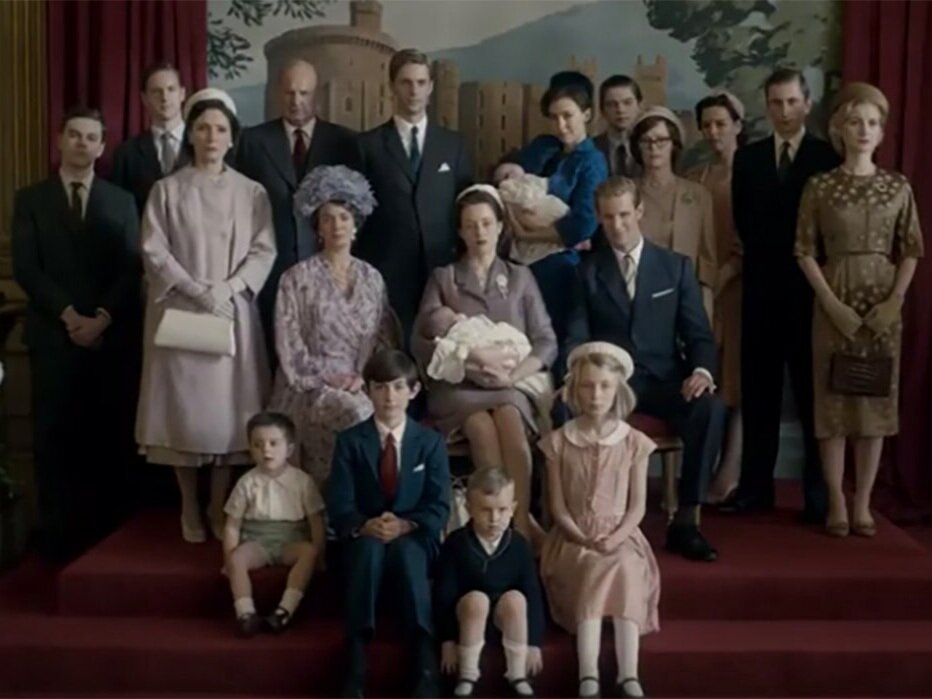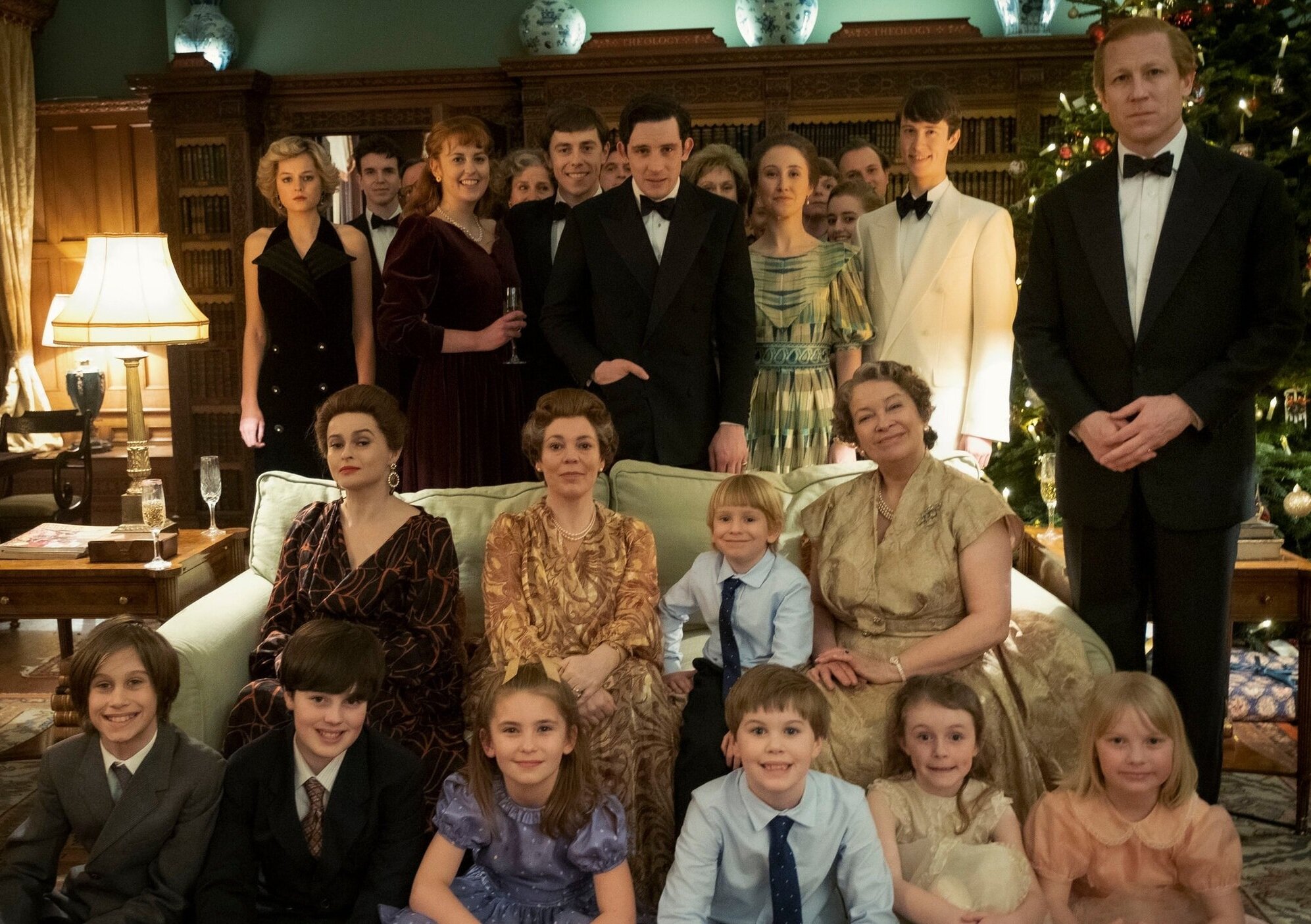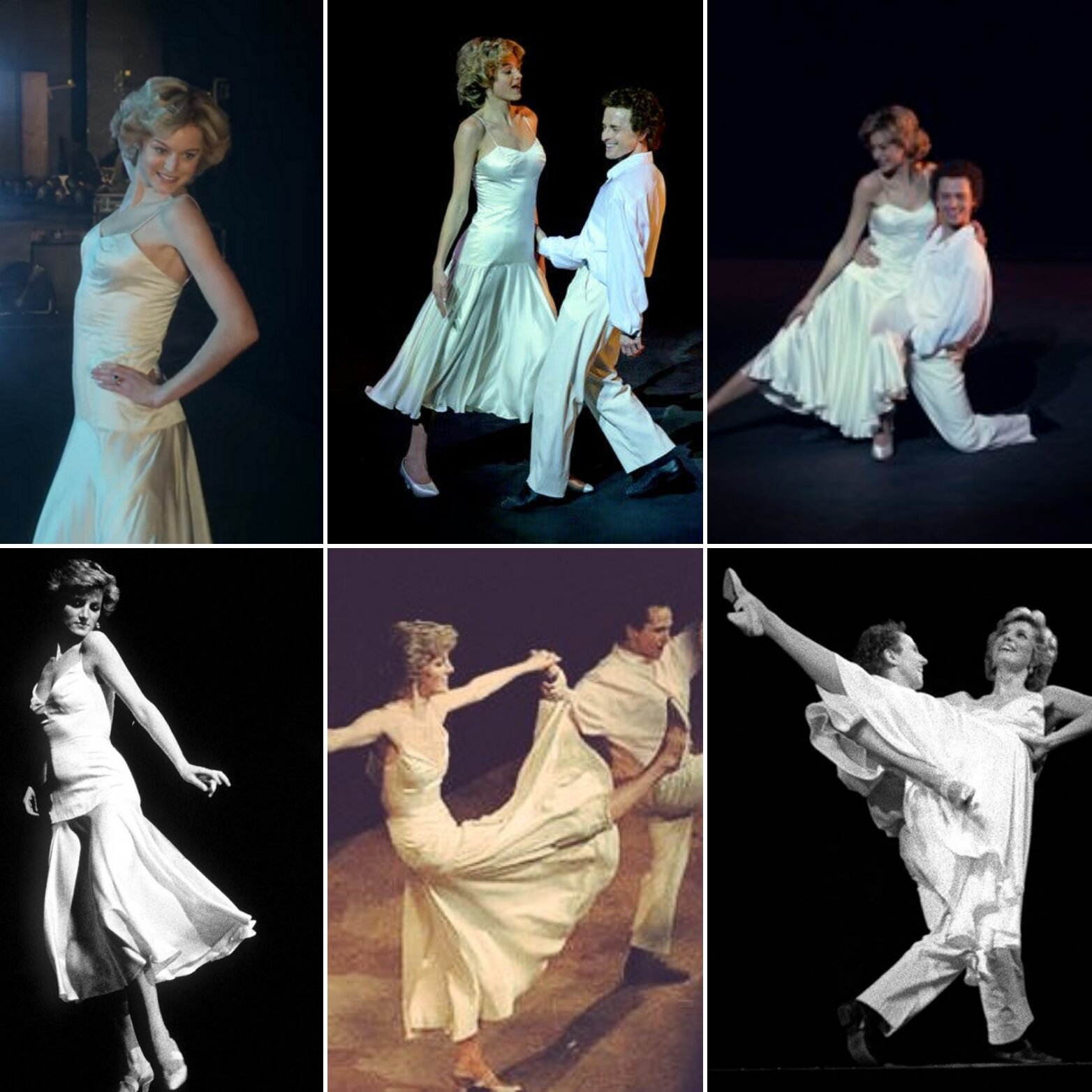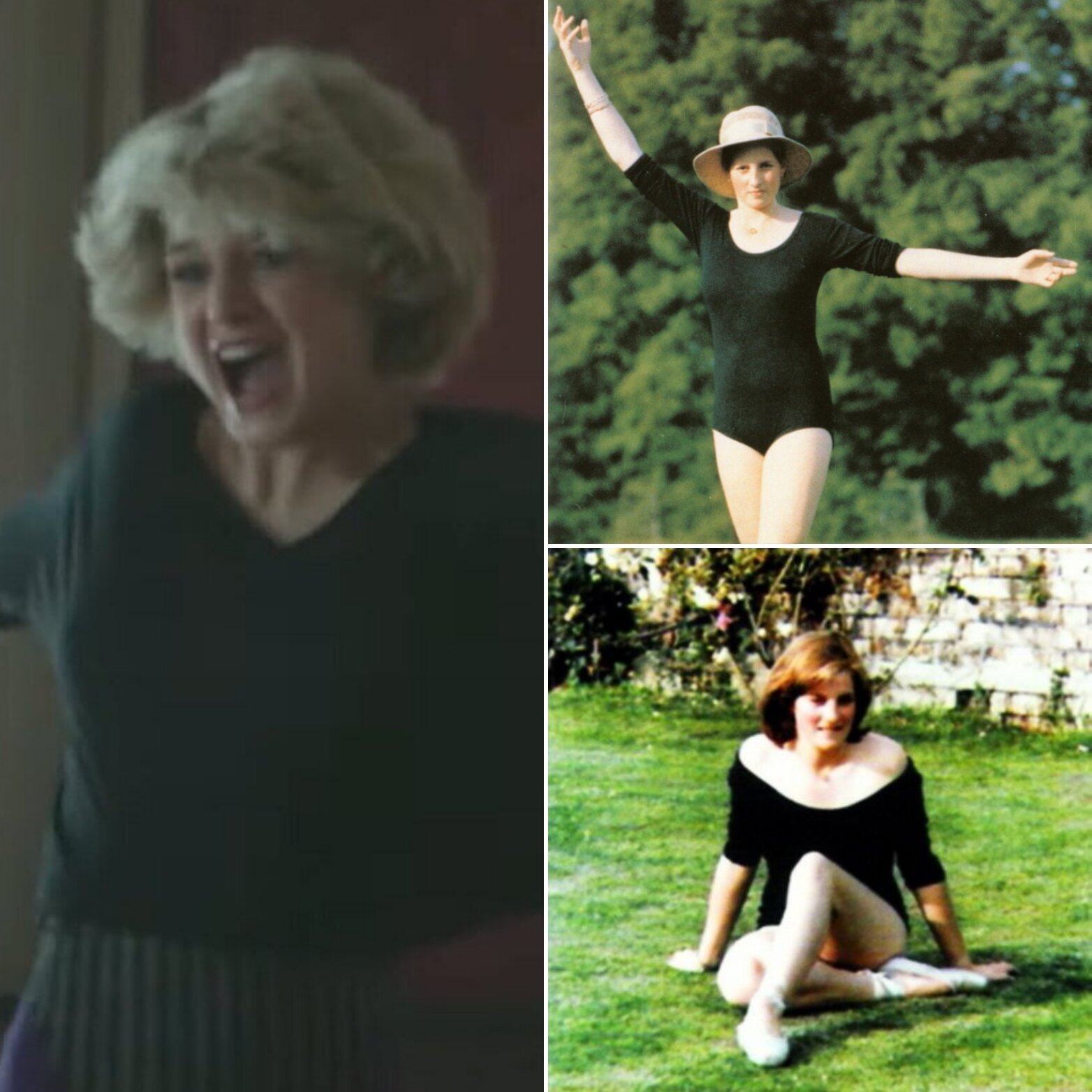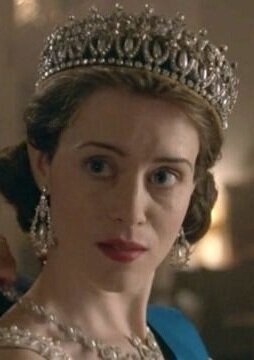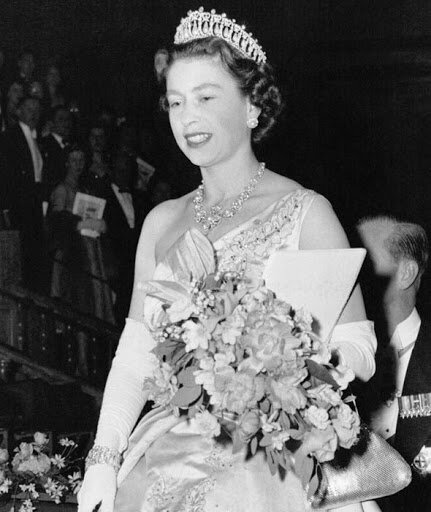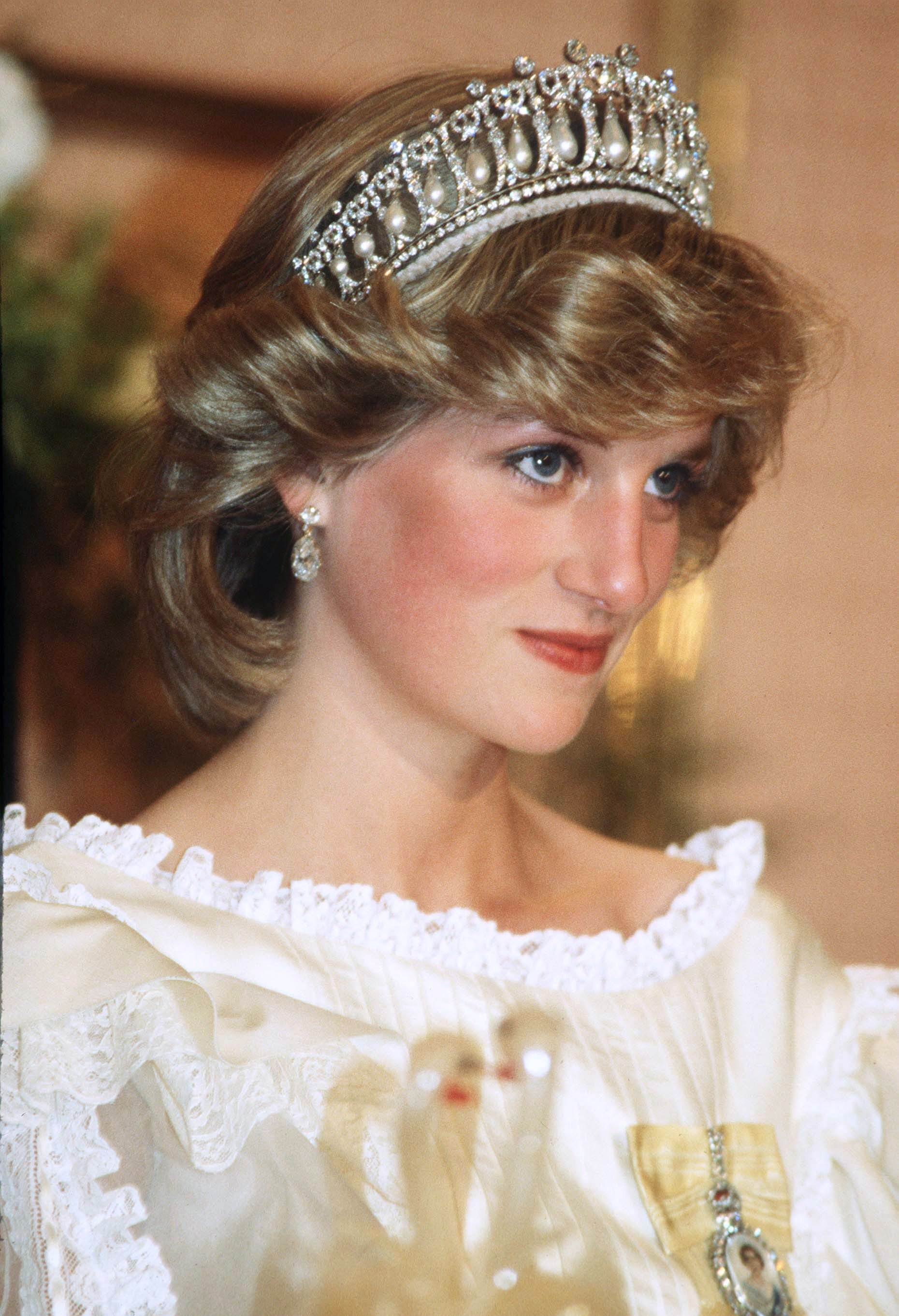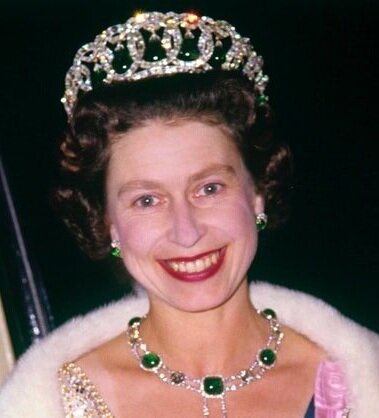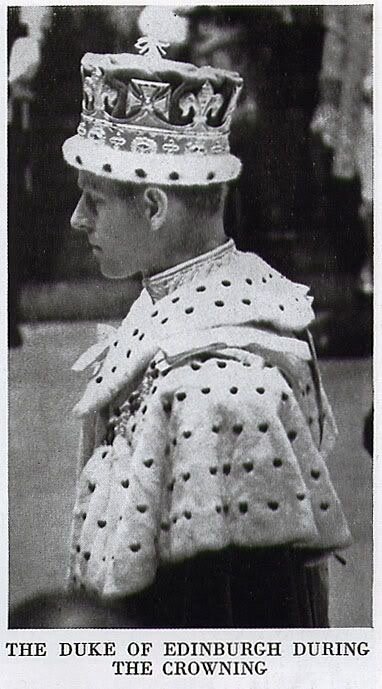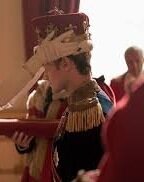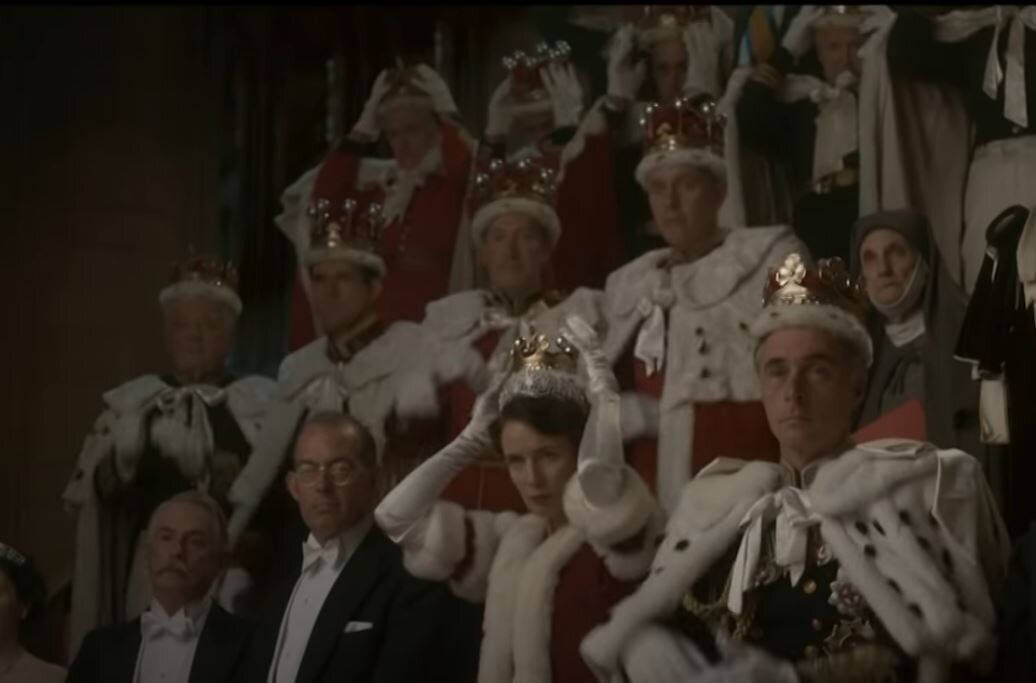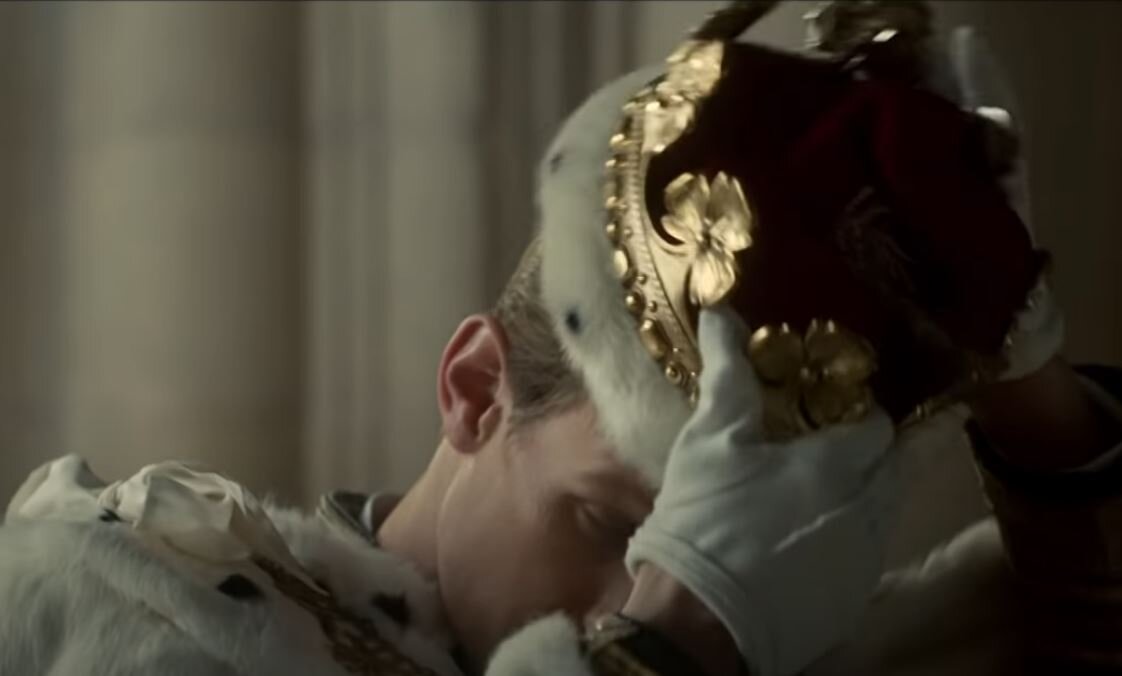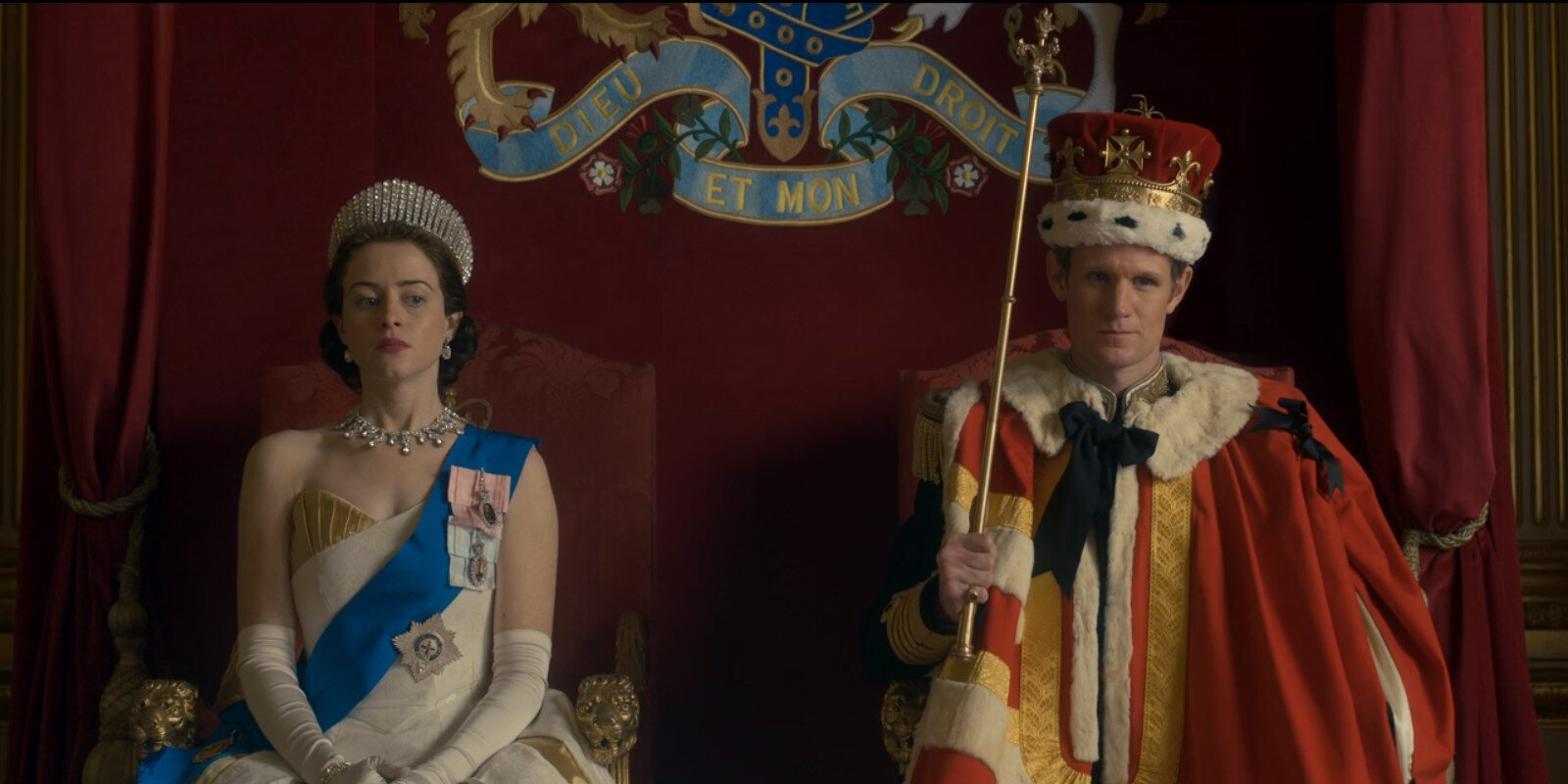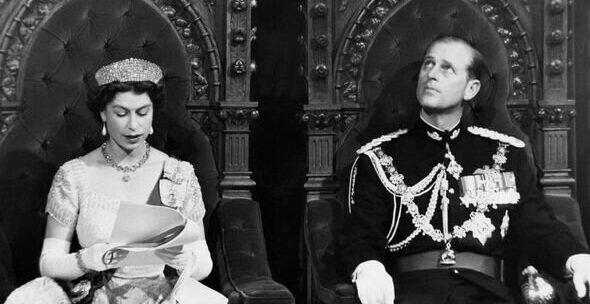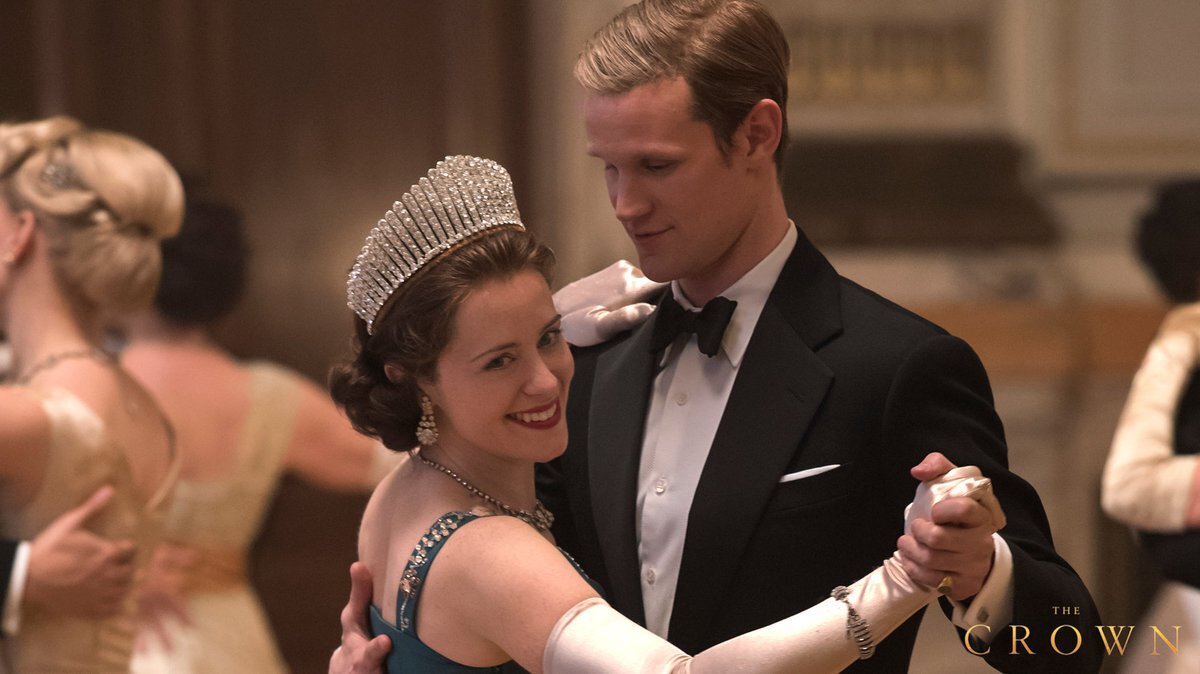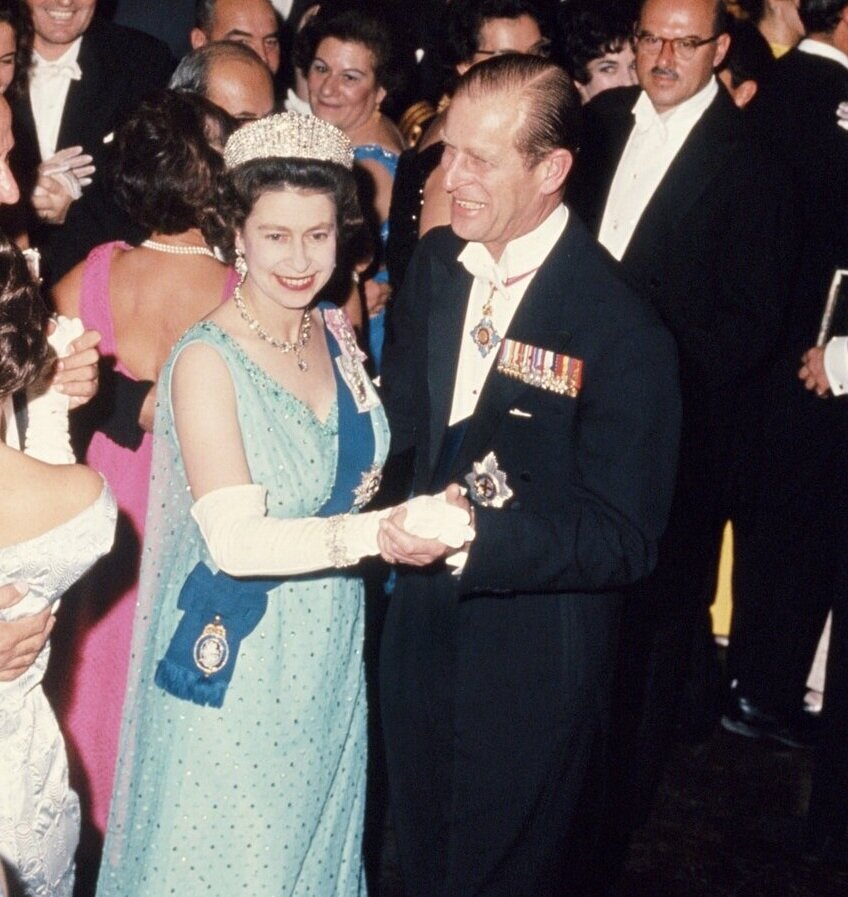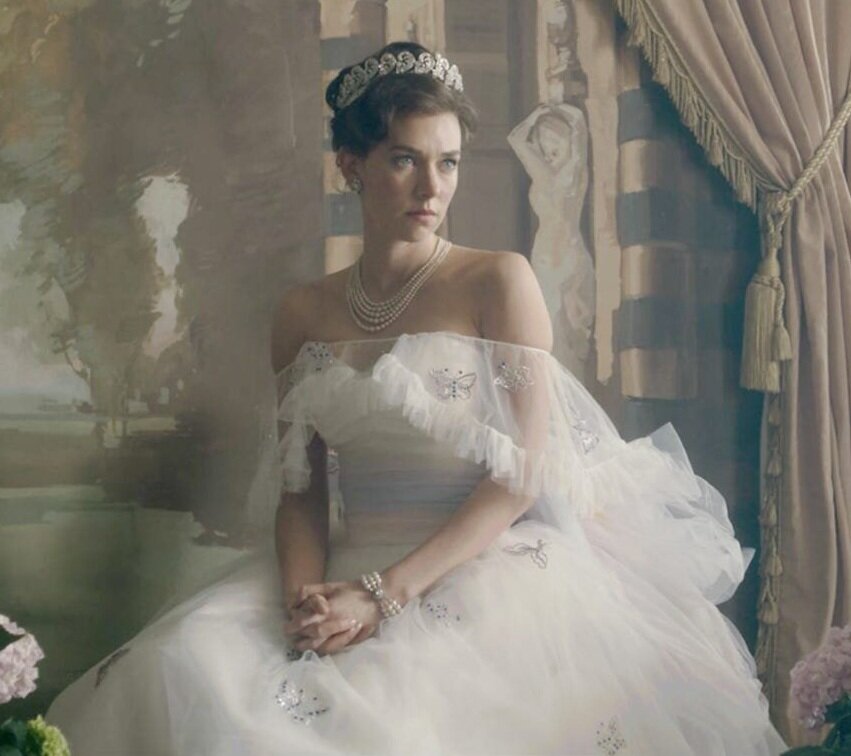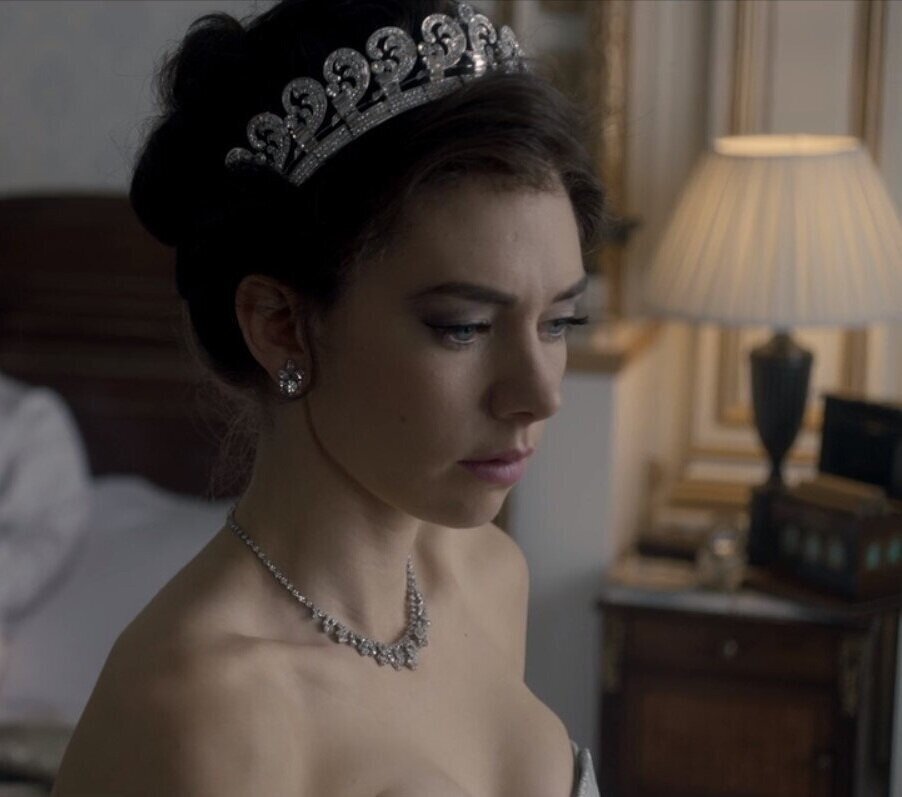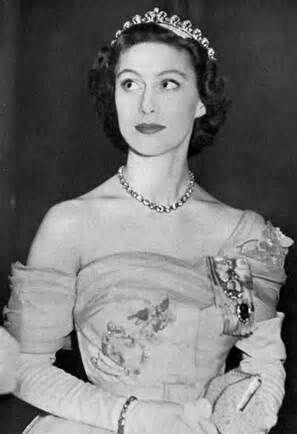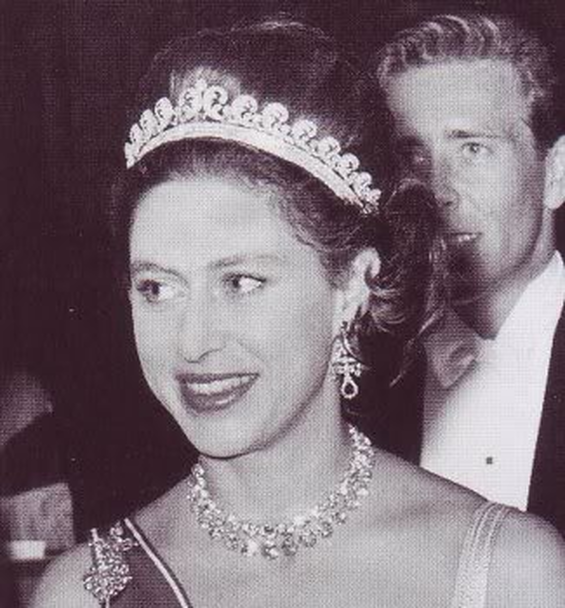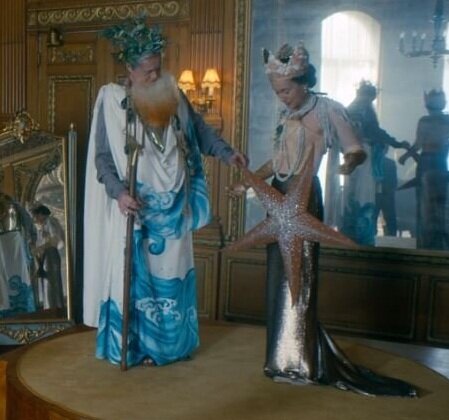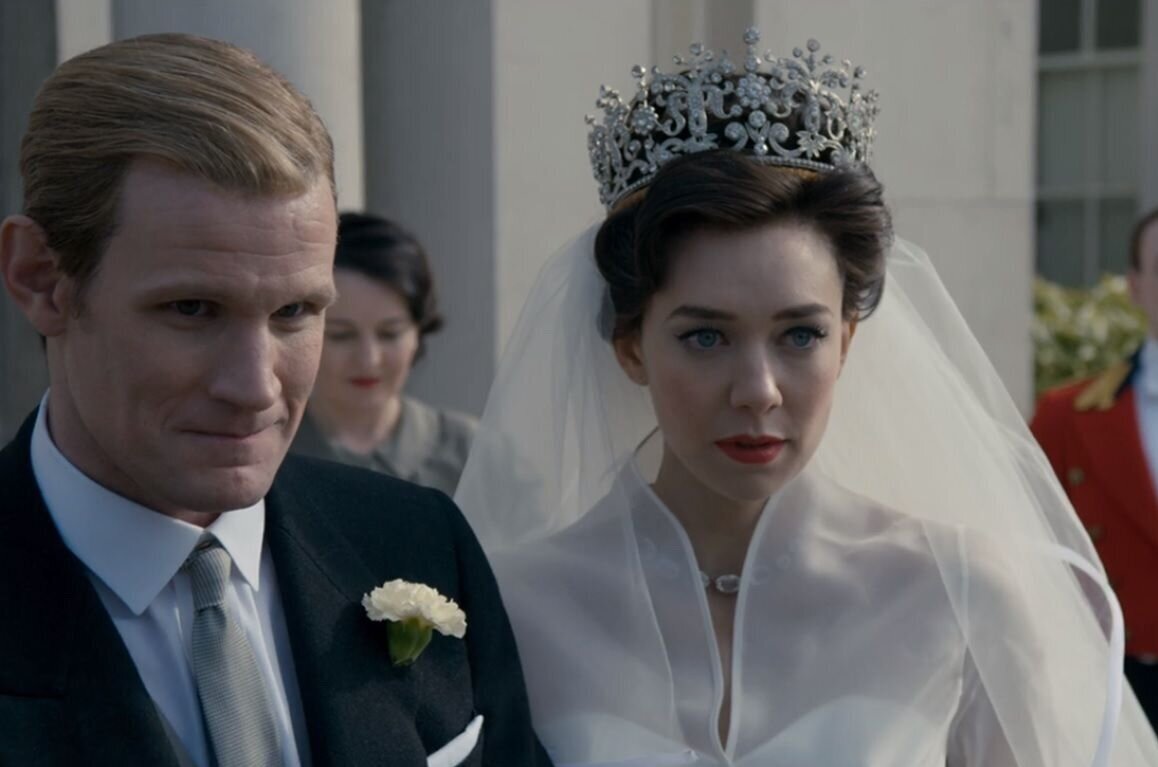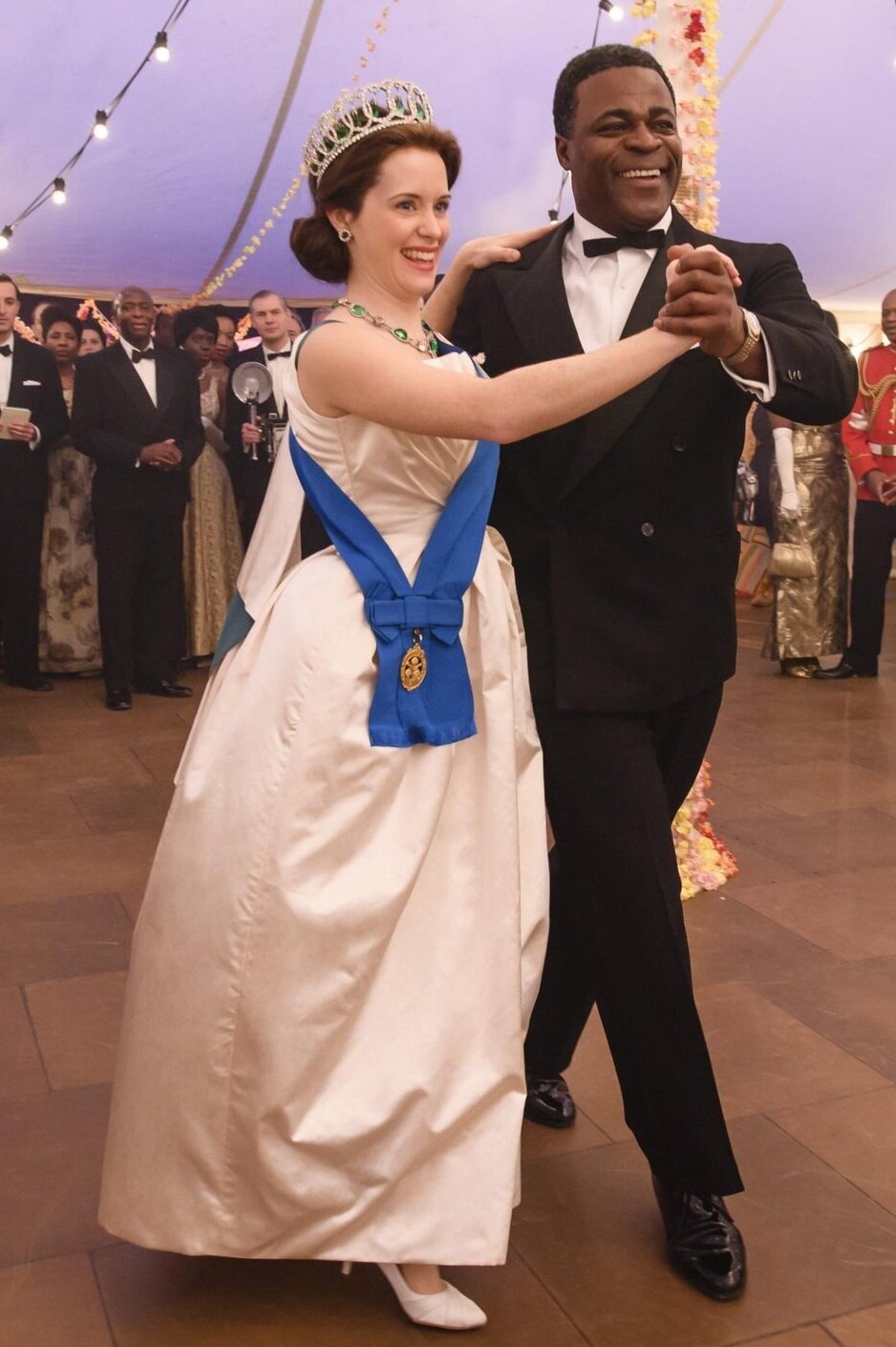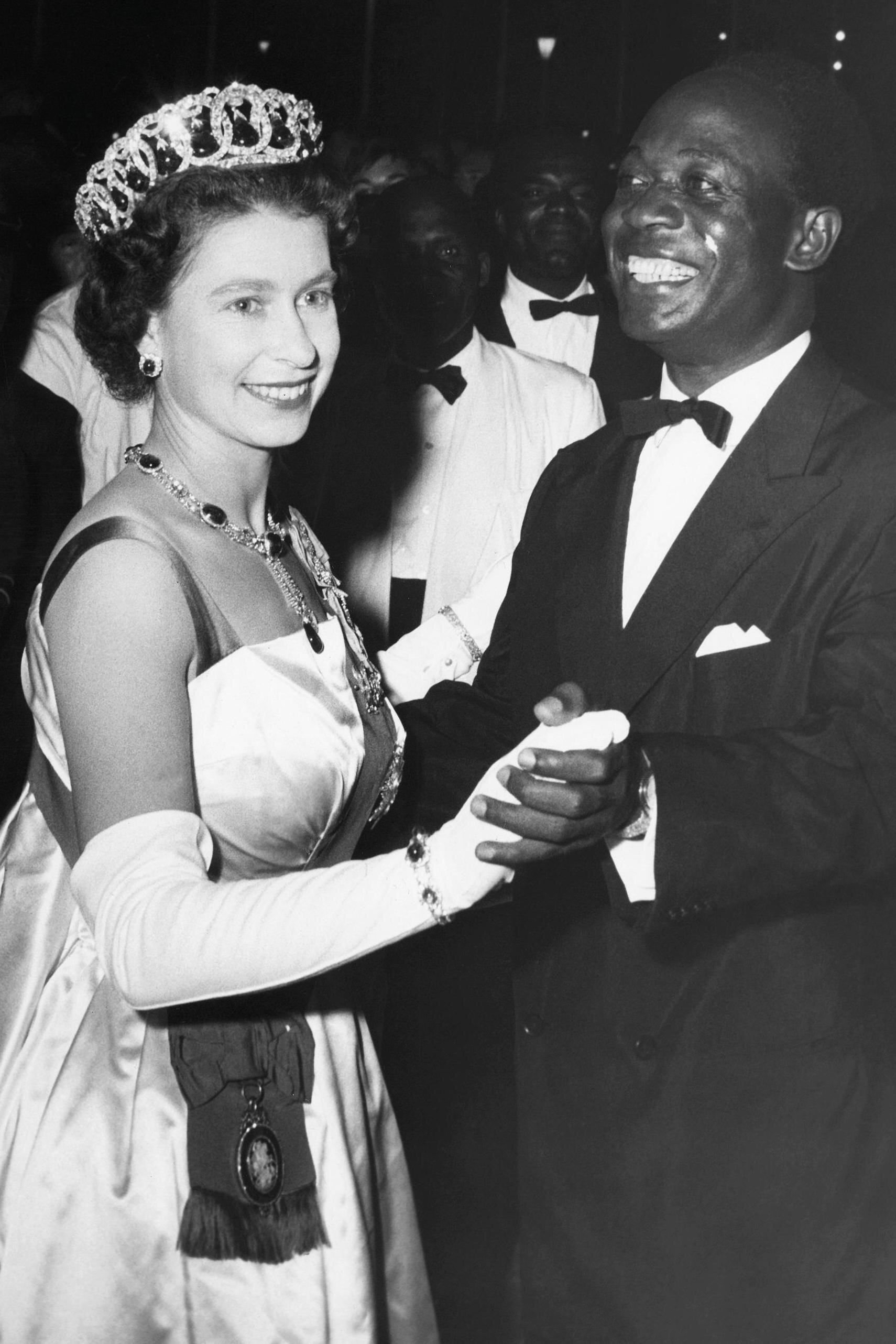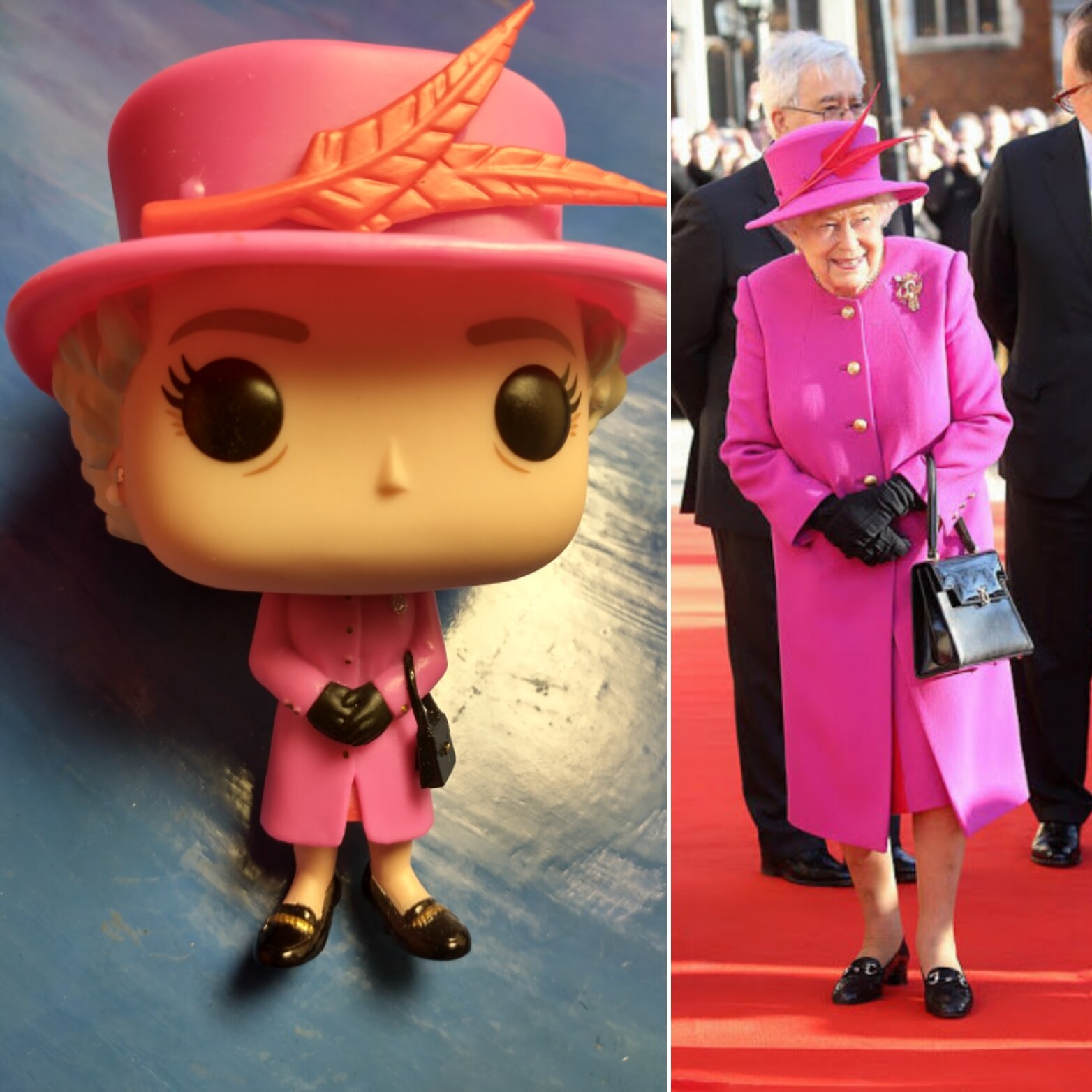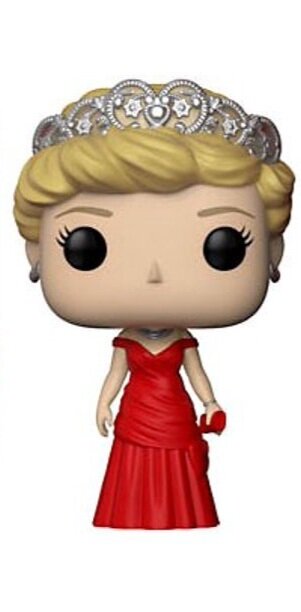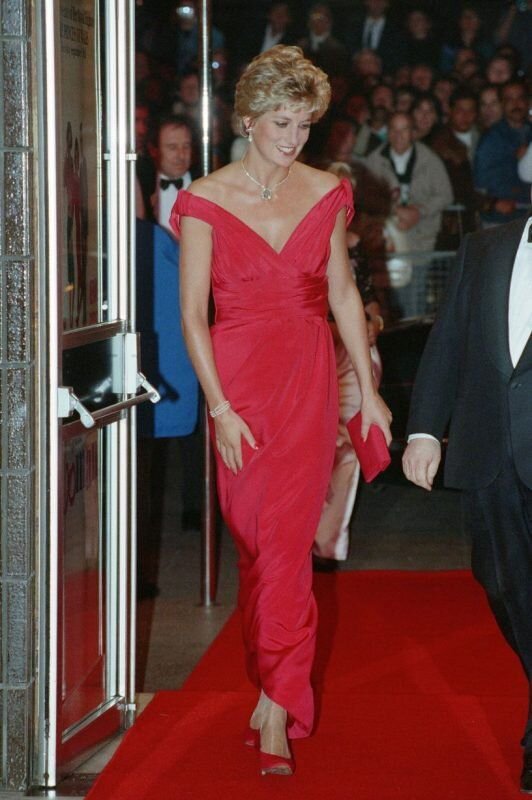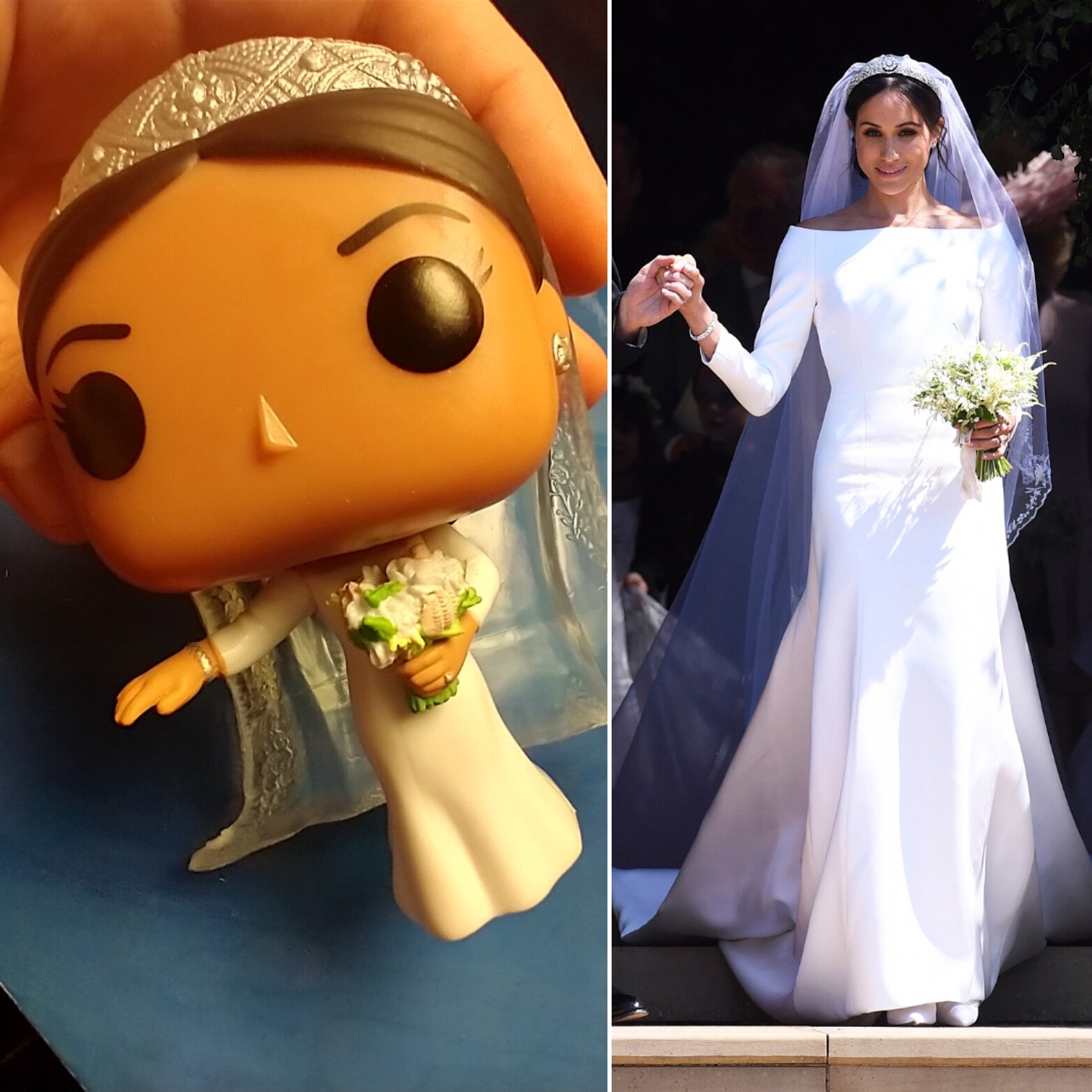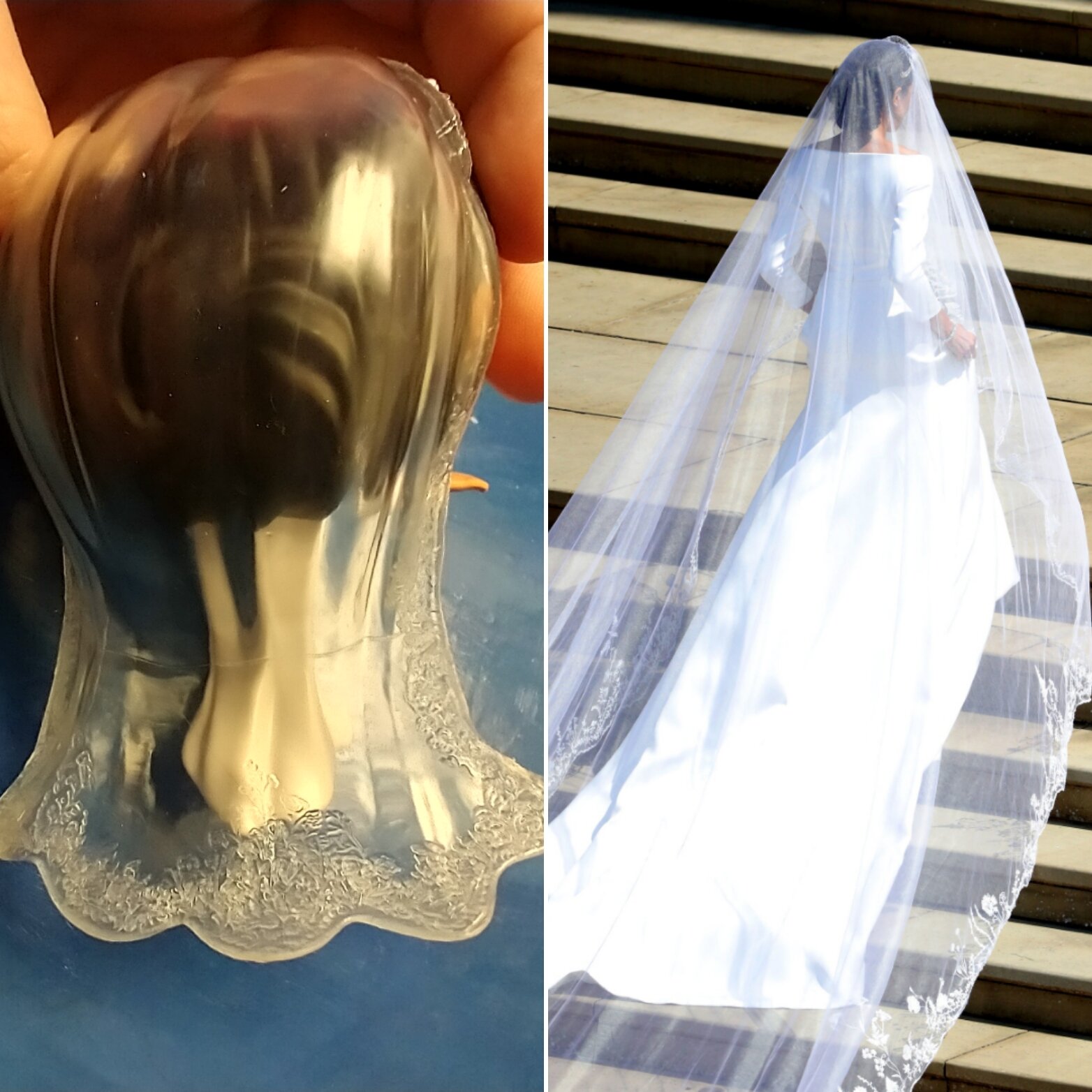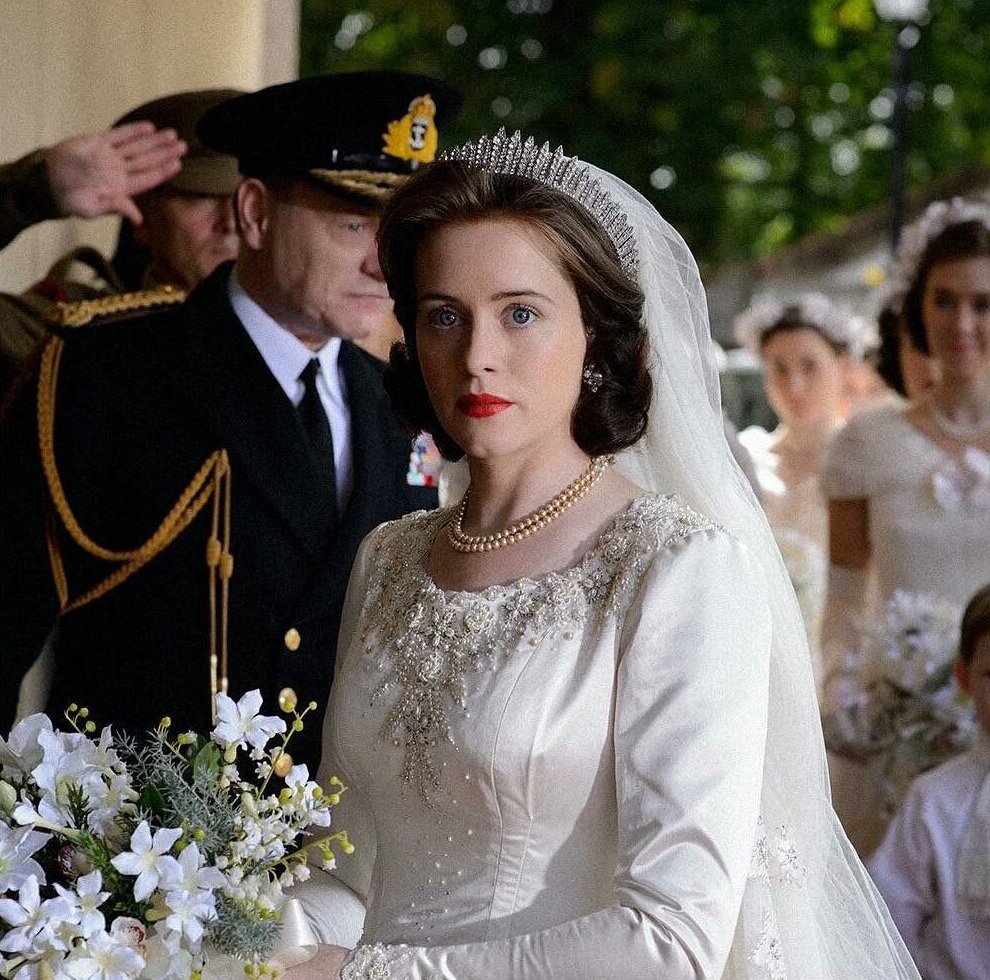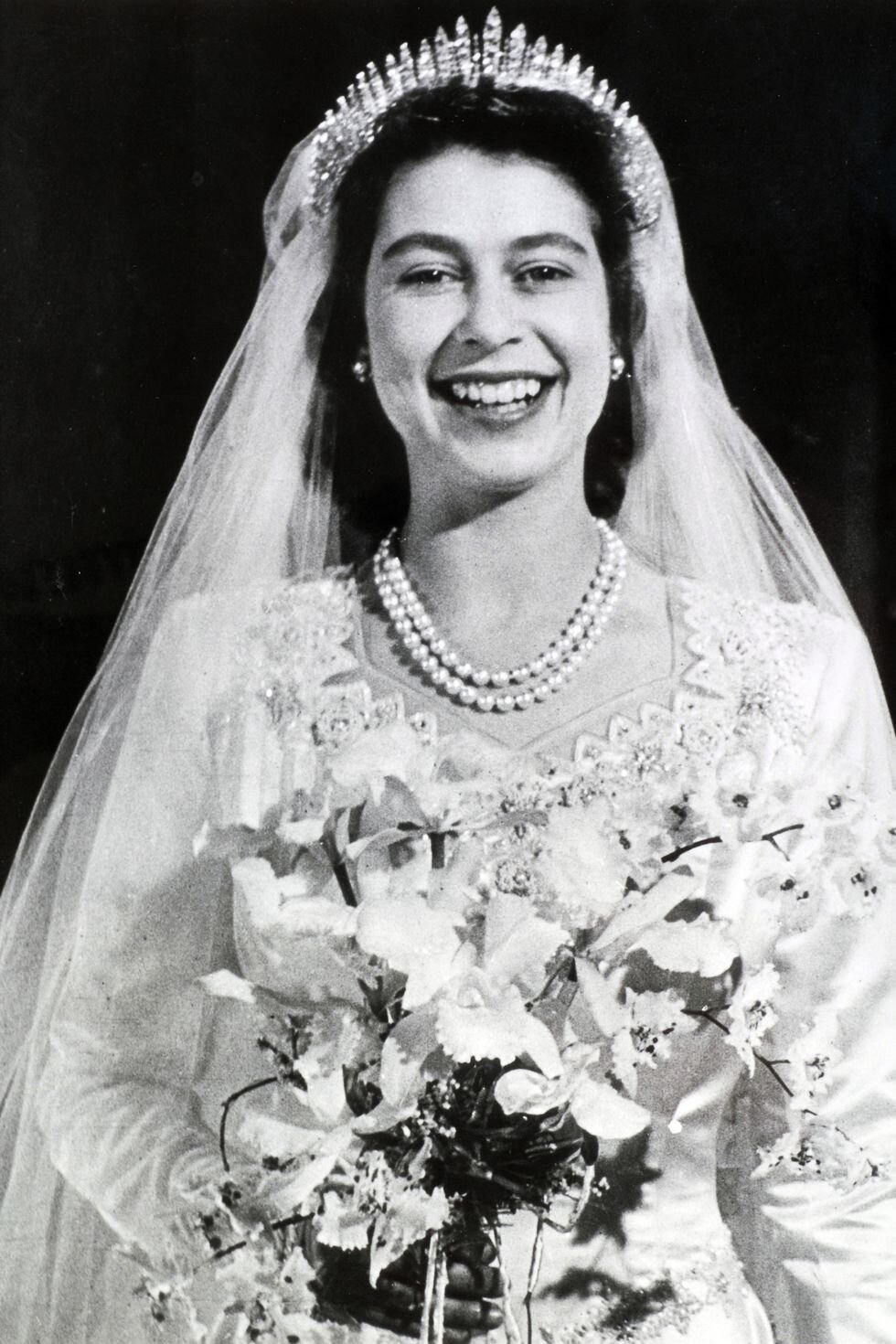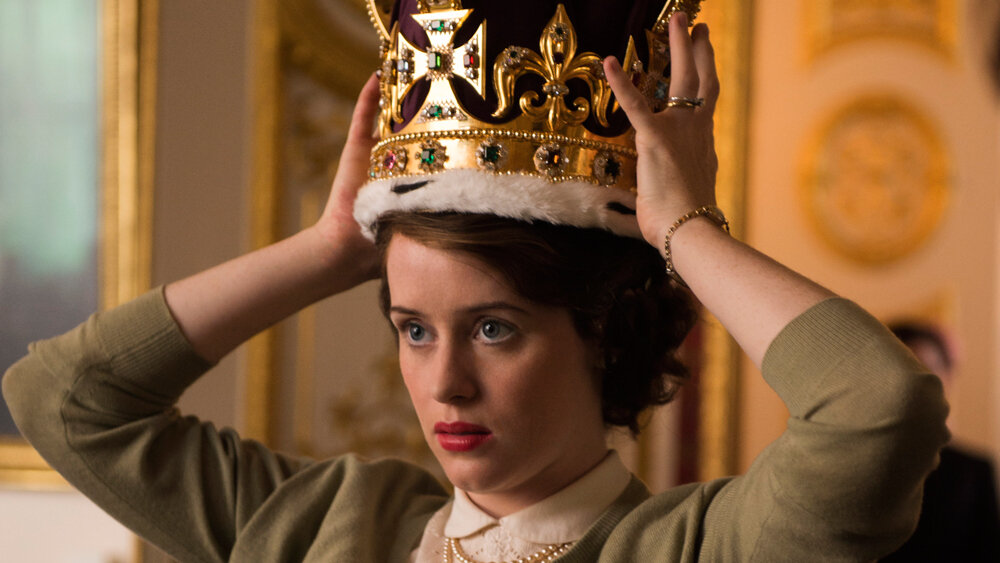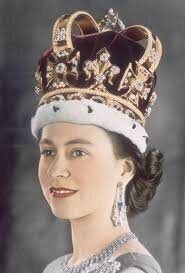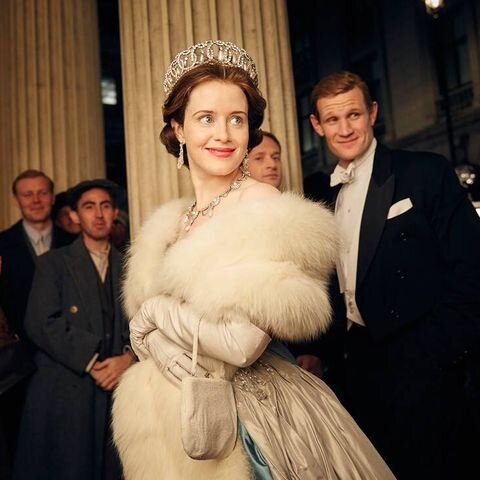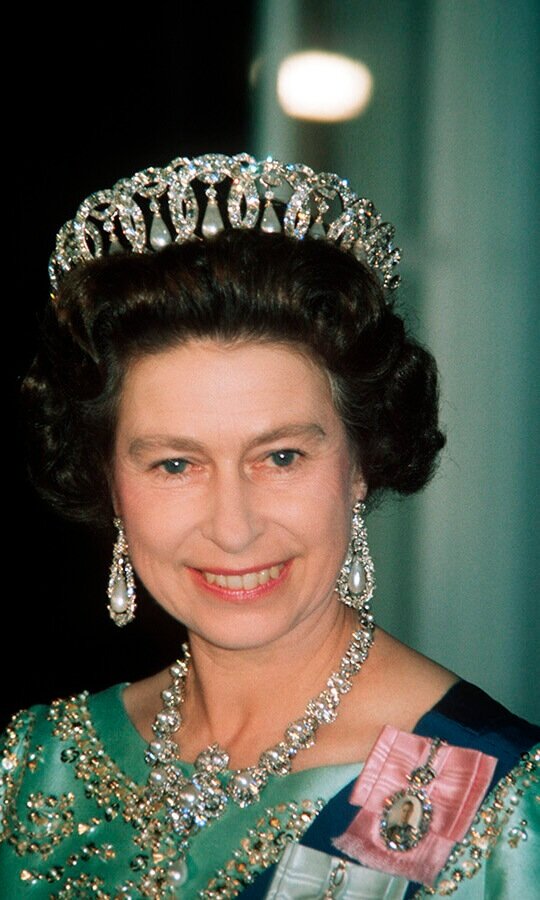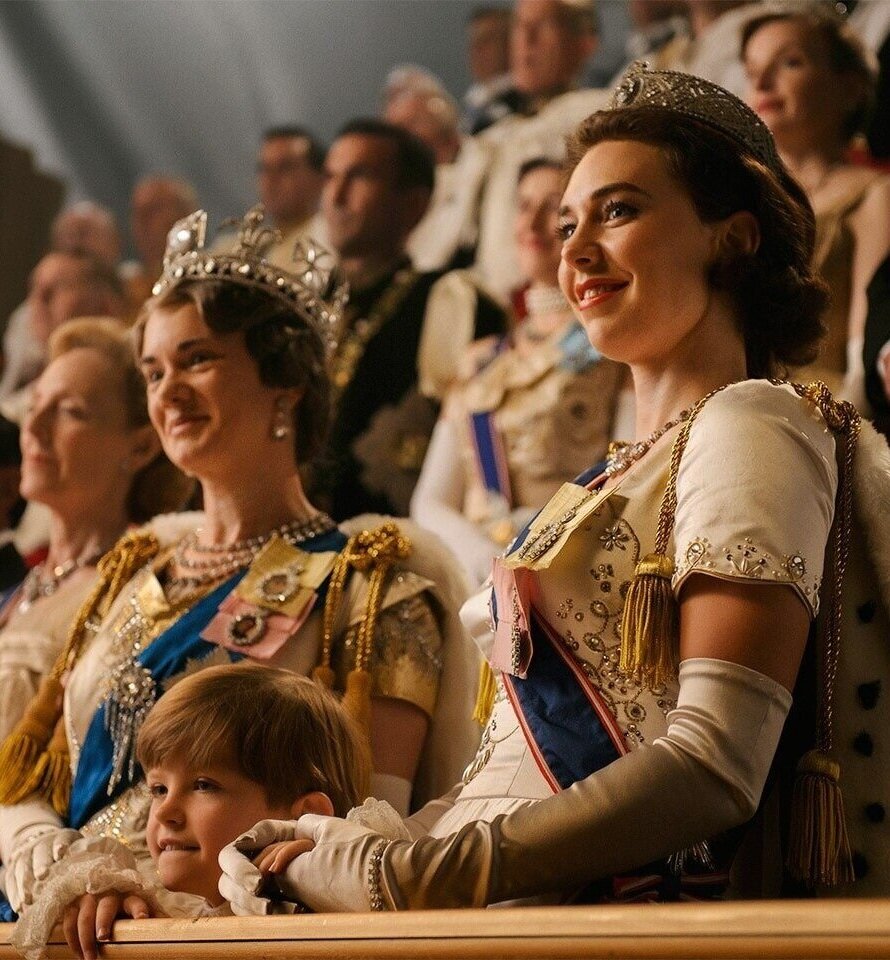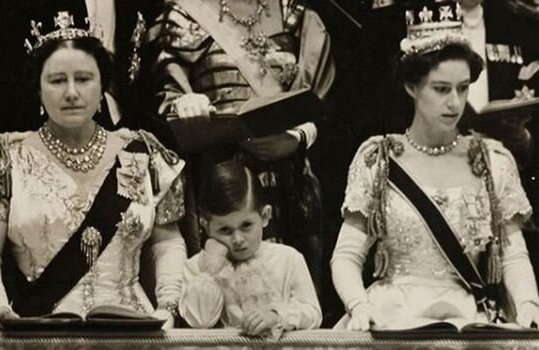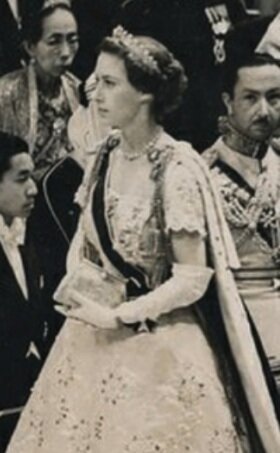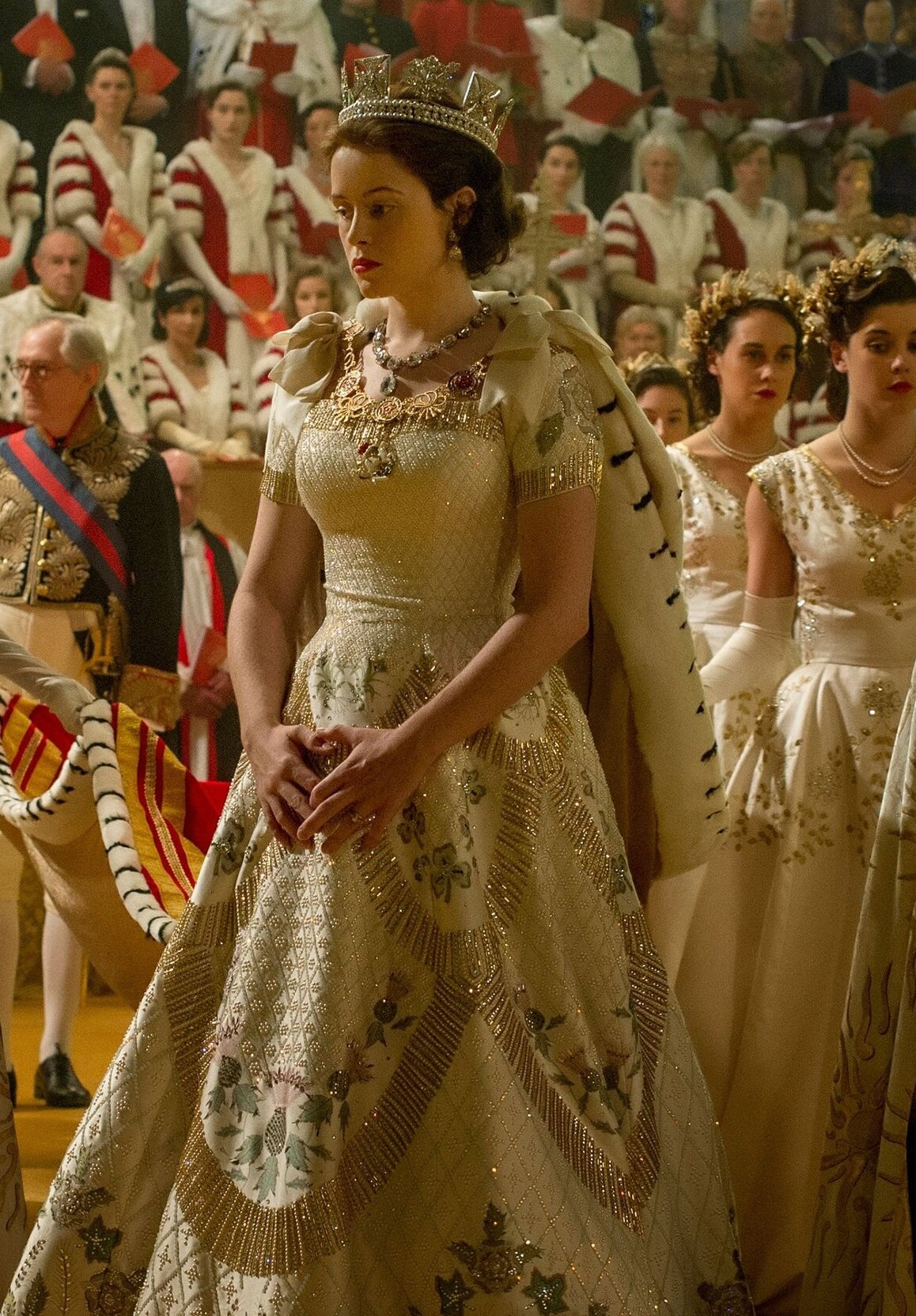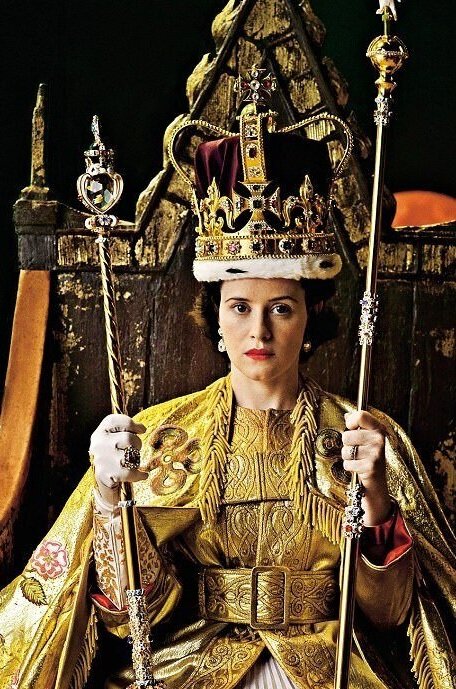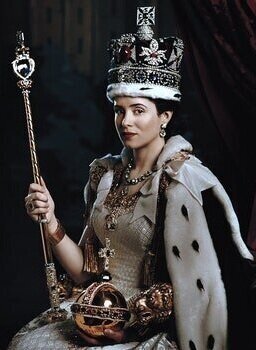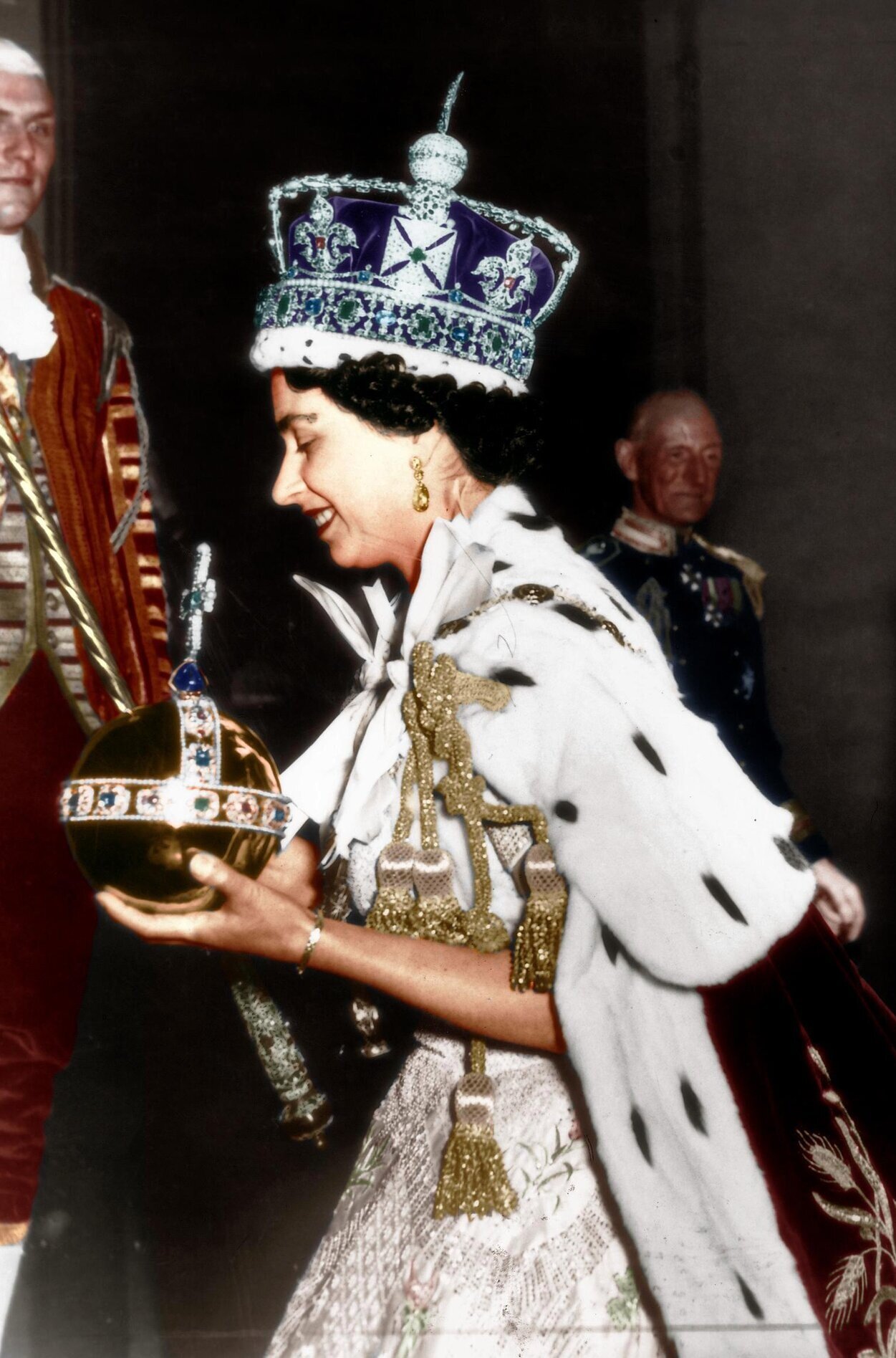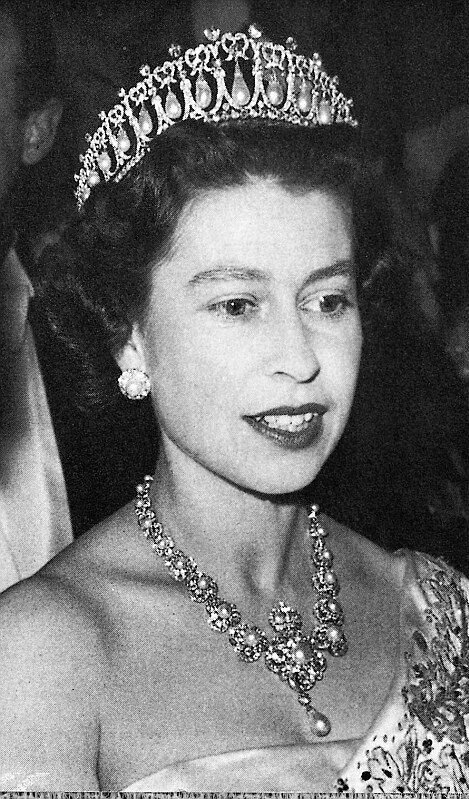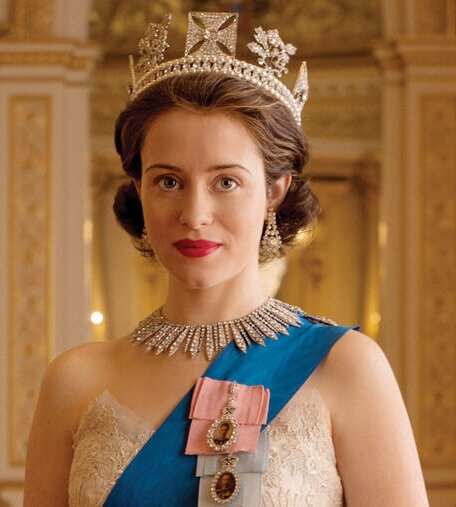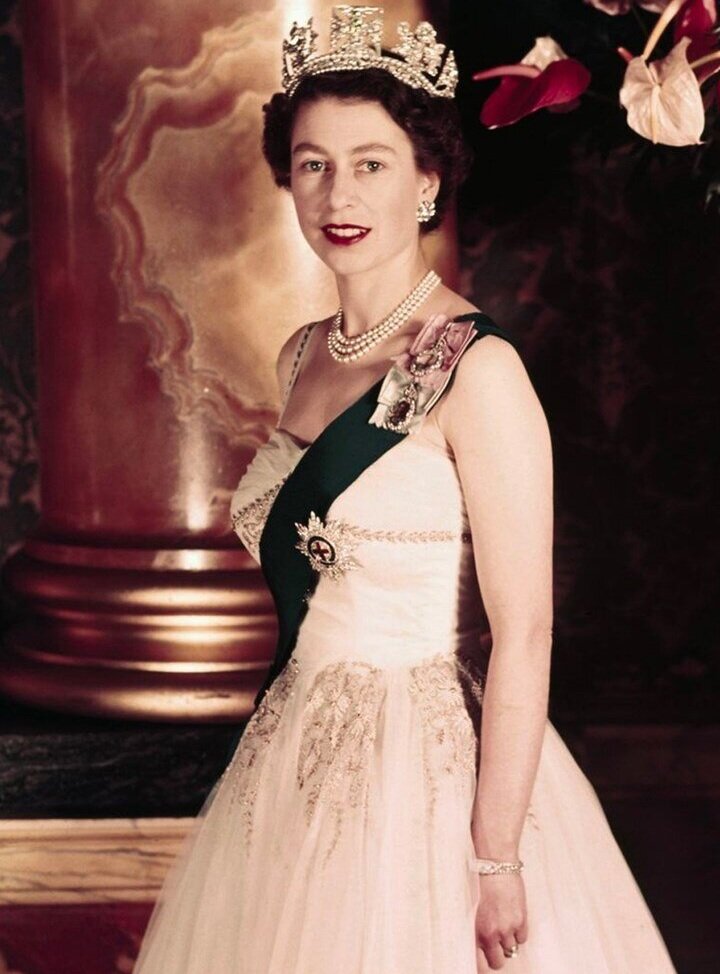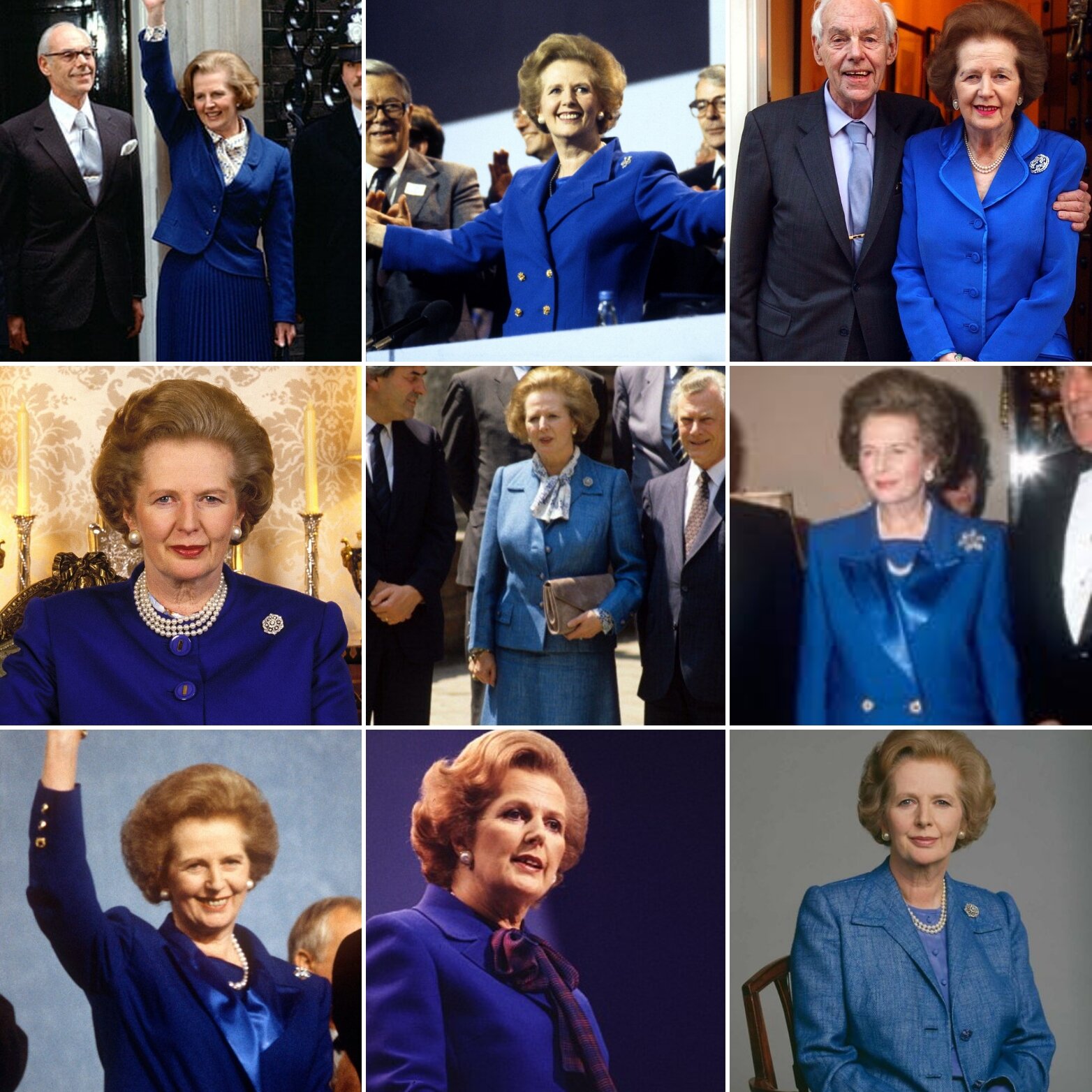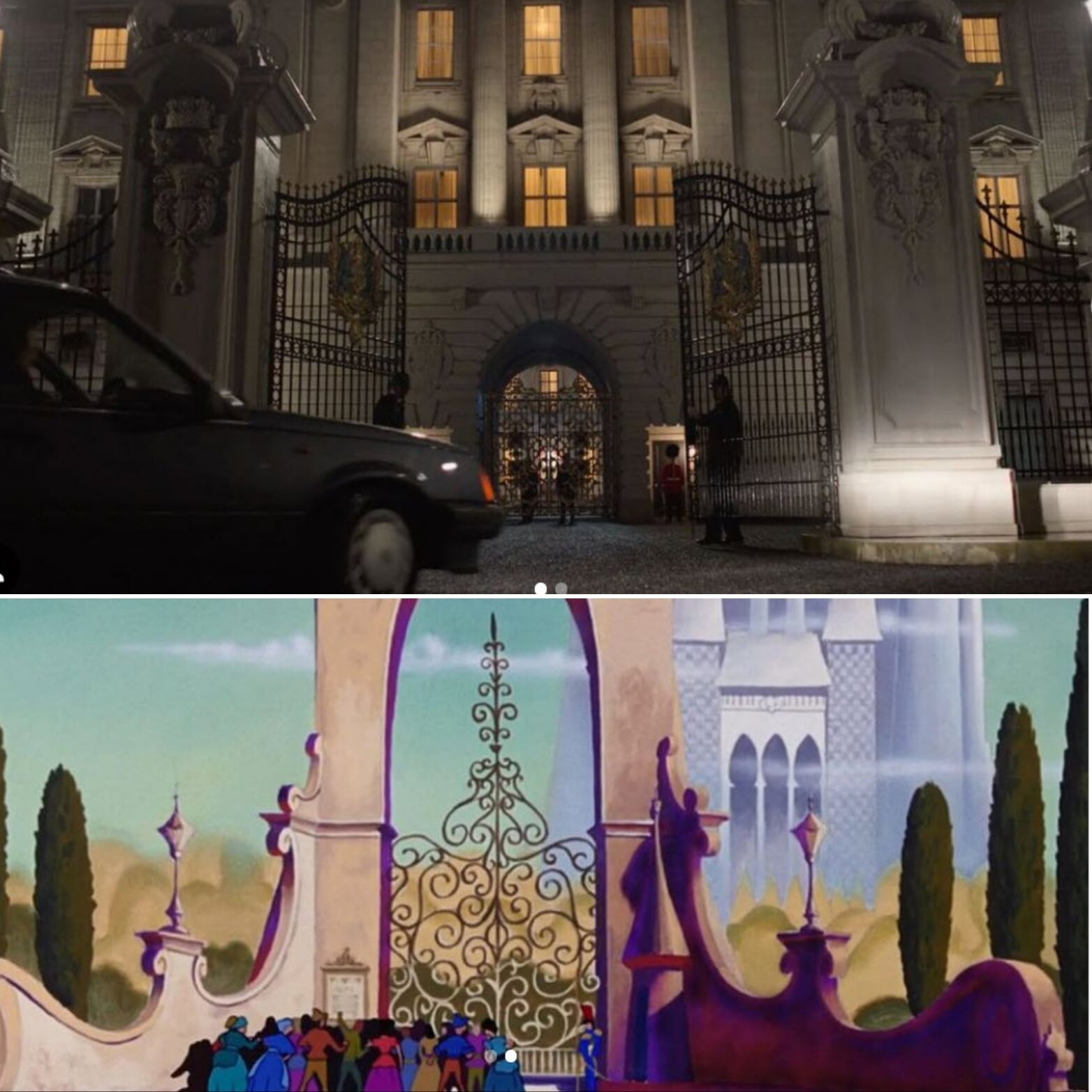Quick, Non-Researched Historical Thoughts on "Anne Boleyn" Episode 2
Quick Thoughts on Channel 5’s Anne Boleyn: Episode 1; Episode 2; Episode 3
Alright, onto historical elements in episode 2 of Channel 5’s Anne Boleyn. As previously noted, these are quick, non-researched notes based almost entirely on my own prior knowledge as a giant Tudor history fanatic. If you see anything inaccurate, let me know! I'm human, after all. I may go back and add sources to this later if there’s enough interest.
Quick Opinion Note: I haven’t actually gotten to watch Episode 3 yet, but …/sigh/ I wanted this show to be so much better than it actually is. Jodie Turner-Smith remains a powerful force of nature, but there are other elements of the show that I really…just don’t like. A lot of the dialogue is clumsy and realistic. I don’t actually hate some of the more “WTF” moments that others have pointed out as being there just for shock value (e.g., Anne and Henry being into autoerotic asphyxiation - it actually presents an interesting power dynamic! or Anne kissing Jane Seymour - people were much more comfortable with kissing others on the mouth back then so this isn’t as weird as it comes off at first), but the costumes and scenes look pretty low budget. And if you’re going to advertise your show as a psychological thriller…I expect a bit more of that to come across than just Anne sitting surrounded by creepy whispers every once in a while. It just seems like there were a lot of missed opportunities here.
Credit: Anne Boleyn, Channel 5
In an early scene, some of the whispers Anne hears talk about witchcraft. I don’t believe anyone would have actually said that around Anne at that point, as she was still the queen and still very powerful. And despite what people seem to think, she wasn’t actually charged with witchcraft at all. If I recall, no big rumors of witchcraft spread about Anne until decades later. (Sidenote: Anne’s story has been changed and distorted by so many historians with their own agendas over time! Highly suggest you read “The Creation of Anne Boleyn” by Susan Bordo for a really great overview of this.).
Think of it this way – Cromwell really wanted to take Anne down and was willing to send several men to their deaths to do it. If the witchcraft rumors were actually around, or there was any evidence for it at all, wouldn’t he have used it?
The whispering voice about her baby being deformed also is a rumor – there’s no evidence that she gave birth to a deformed baby at the time.
2. Anne talks to her Uncle, the Duke of Norfolk Thomas Howard, and refers to his daughter’s married life with the king’s son. She’s talking about Mary Howard and Henry Fitzroy, Henry’s illegitimate son with Bessie Blount. They would have been married a few years at this point, but as they were still pretty young teenagers, they hadn’t consummated their marriage (we know because Henry VIII would later use this non-consummation as an excuse to deny Mary her dower lands). Henry Fitzroy wouldn’t outlast Anne by very much and died later that year.
3. Symbol Watch: Good Lord, there are so many dead animals throughout this episode. Look for any scene transitions – dead animals everywhere.
4. Anne goes to wash the feet of the poor, as Jesus did for the disciples at the Last Supper before his crucifixion. This was a traditional ceremony in renaissance England performed by the Queen. Catherine of Aragon did it, and Anne did as well (other Queens of Henry VIII probably did too, but these are the ones I know of off the top of my head). The Queen would also give out money to the poor at the same time.
5. In the show, this scene is disturbed by a woman coming in and yelling, calling Anne a whore and claiming “she killed our true queen.” While people were very angry at Anne and really did dislike her quite a lot (there was one famous incident before Henry and Anne married in which a mob of women apparently went to attack her), I don’t think individual people would have run up and shouted at her at this point. Remember - she was the Queen. She had a lot of power over the King and people knew it.
The scene ends with Anne telling a guard, about the woman, “Make sure her body is strapped up on the Tower for all to see.” /sigh/ No. Although there were a few people (even women) executed for criticism and spreading rumors about Anne, there are a couple things wrong with this statement. Although it was common to put the heads of those executed for treason up on spikes by London Bridge, it wasn’t the WHOLE body put up there. And the only woman who ever had her head up on a spike there was Elizabeth Barton, the maid of Kent (who spoke out against Anne but also prophesied the king’s death, so it wasn’t JUST for that). Also, there’s no indication that Anne was ever this vindictive against those who criticized her. She spoke rashly a few times about wishing for the death of Catherine of Aragon and Princess Mary (while under extreme pressure after years and years of waiting for the king to marry her), but I haven’t heard of any evidence that she would actually order a guard to kill someone who criticized her. I don’t think she even had the power to do that.
6. Anne goes immediately to Hatfield to check on her daughter Elizabeth and make sure she’s safe. Anne was known to be a very doting mother, and I’m glad they showed this! It was common practice among all the higher classes at this point, and particularly royalty, for the children to be raised far away from court, so of course Elizabeth wasn’t at Anne’s side all the time. However, there are records indicating that Anne really purchased just a ton of gifts for Elizabeth. I believe there’s a story that she even wanted to breastfeed her, but pretty sure that one was invented by a later historian and not supported by contemporary evidence.
7. While talking with Lady Anne Shelton about her daughter, Madge (who, remember, is the queen’s mistress, with Anne Boleyn’s knowledge and tacit acceptance), Queen Anne loses her temper at one point and says “I wasn’t aware that fucking a king was such a chore.” I’m not sure Anne would have actually said “fuck,” but the word did exist at that point (historical evidence dates forms of the word back to at least 1503) and we do know that Anne spoke rashly and lost her temper at times, particularly towards the end of her life. She’d been under extreme pressure for several years (which is what happens when like, most of Europe despises you and all your power derives from your inconstant husband) so honestly…it makes sense.
8. We got a short scene with Anne talking to Mary in which Anne actually managed to be decently polite to her stepdaughter. Mary really was rude to Anne pretty much every time she interacted with her, from the reports I’ve read, although I don’t know if she would have straight up antagonized Anne about her fertility troubles like she does here.
9. We see ferrets and such in various scenes. I love seeing this actually, as people took their pets with them everywhere then! Like, there’s even a story that Cardinal Thomas Wolsey’s dog bit the Pope during a meeting. I’m not sure how substantiated that story is, but even if it was just a legend, it was considered normal enough for someone to take their pet dog to meet the POPE that people certainly believed it.
10. Later, Anne invites one of her ladies (Elizabeth Browne), who’s falling asleep in her chair while keeping Anne company, to share her bed. This is presented as an unusual thing, but realistically, Anne would have either had a bedmate or someone sleeping in the same room with her pretty much all the time. Everyone did. That was just how things worked then.
There’s a whole subplot of this lady being pregnant with George Boleyn’s child and how the child can’t be recognized as George’s because of scandal. This…has zero basis in history. George is commonly portrayed as a bit of a ladies’ man and/or a closeted homosexual, but I don’t believe there’s actually any proof of any of this.
11. Anne confronts Henry for ignoring her later and they end up reuniting a bit. Here, we actually get a glimpse of their relationship at its healthiest. She helps him, he listens to her advice, and they genuinely seem like they care and love each other. Historically, it sounds like they really were a very well matched couple – both intelligent, well-read, and religious, with strong personalities and opinions.
12. I haven’t gotten too much into the Spain treaty discussions back and forth because I don’t remember too much about it historically and the whole idea of this blog post is to put it out quickly without research. However, I do know that once Catherine of Aragon died, Spain was much more willing to make peace and treaties with Henry than they had beforehand. Spain was probably never quite as willing to make war on Henry and England over Catherine’s cause as Chapuys seemed to imply to her and her daughter; politically, it just doesn’t make sense to start a war over this sort of thing.
13. Mere weeks before she was arrested, Henry did in fact trick Ambassador Eustace Chapuys into finally acknowledging Anne as Queen and bowing to her. He had successfully just…avoided interacting with her that entire time, but Cromwell, and George Boleyn (lord Rochford) maneuvered him into being exactly the right place where he had no choice but to recognize her.
This was actually kind of a trend with Henry, where he’d bestow some honor on someone close to him very soon before having them arrested and executed them. This happened with Anne Boleyn and would later happen with Thomas Cromwell, who was given a noble title very soon before his downfall.
WEIRD THING I JUST NOTICED: I’m not really researching but I did a quick google just to confirm my facts here, and uh, Chapuys was tricked into acknowledging Anne Boleyn on April 18, 1536, and Thomas Cromwell was made the Earl of Essex on April 18, 1540. Both Anne and Thomas would be dead mere months after their brief triumphs.
14. Later at a party, Anne seems to be super happy due to making up with her husband, but later sees Jane Seymour politely denying a gift (clearly from the King) by kissing it and returning it, saying all she wanted was a respectable and advantageous marriage. Jane did pretty much exactly this in real life, although I sincerely doubt Anne was anywhere near by when it happened.
15. Anne’s upset about what she saw and, after drinking, makes a foolish comment to noble Henry Norris saying that “you look for dead man’s shoes.” In real life, Norris had been courting Madge Shelton for a while but hadn’t proposed yet; this was Anne’s way of saying “you’re not really here for Madge, you’re in love with me and you’re waiting for the king to die so you can try to marry me instead.” This was incredibly foolish of her, as at this point, it was illegal to even speak of the king’s death. In real life, I believe she sent Henry to go assure one of the court officers (I don’t remember who right now) that Anne was a good, respectable woman who would never cheat on the King, but this was overkill and actually made the court officer report the comment to others, which…cascaded and probably helped fuel the king’s paranoia and suspicions.
16. Anne and Henry have a drag out violent fight in which she fiercely insults him and he actually almost chokes her. They definitely did have very loud arguments at times, but I don’t know if there’s any evidence that Henry laid hands on her violently.
17. Since this is apparently a low budget series that can’t afford to put on a proper joust, we don’t actually get to see the joust where Henry leaves Anne for the last time. Lady Rochford, Jane Parker, instead tells Anne that the King abruptly left and the joust was cancelled.
18. The episode closes out with Lady Anne Shelton tricking Anne into going with her to see her Uncle, who promptly presents her with an order for her arrest.
In real life, she was summoned to appear to the privy council. One of the members there was indeed her Uncle. When she showed up, she was informed of her arrest.
In the scene, Anne tried to bring some of her closest ladies with her to go see her uncle, but was only allowed to have Lady Shelton. We know she had a few ladies in the tower with her, but we don’t know exactly who they are. They likely were not her favorite ladies and were there more to keep an eye on her than keep her company, but as the Queen, it wouldn’t have been proper for her to go even to prison without being properly attended.



